
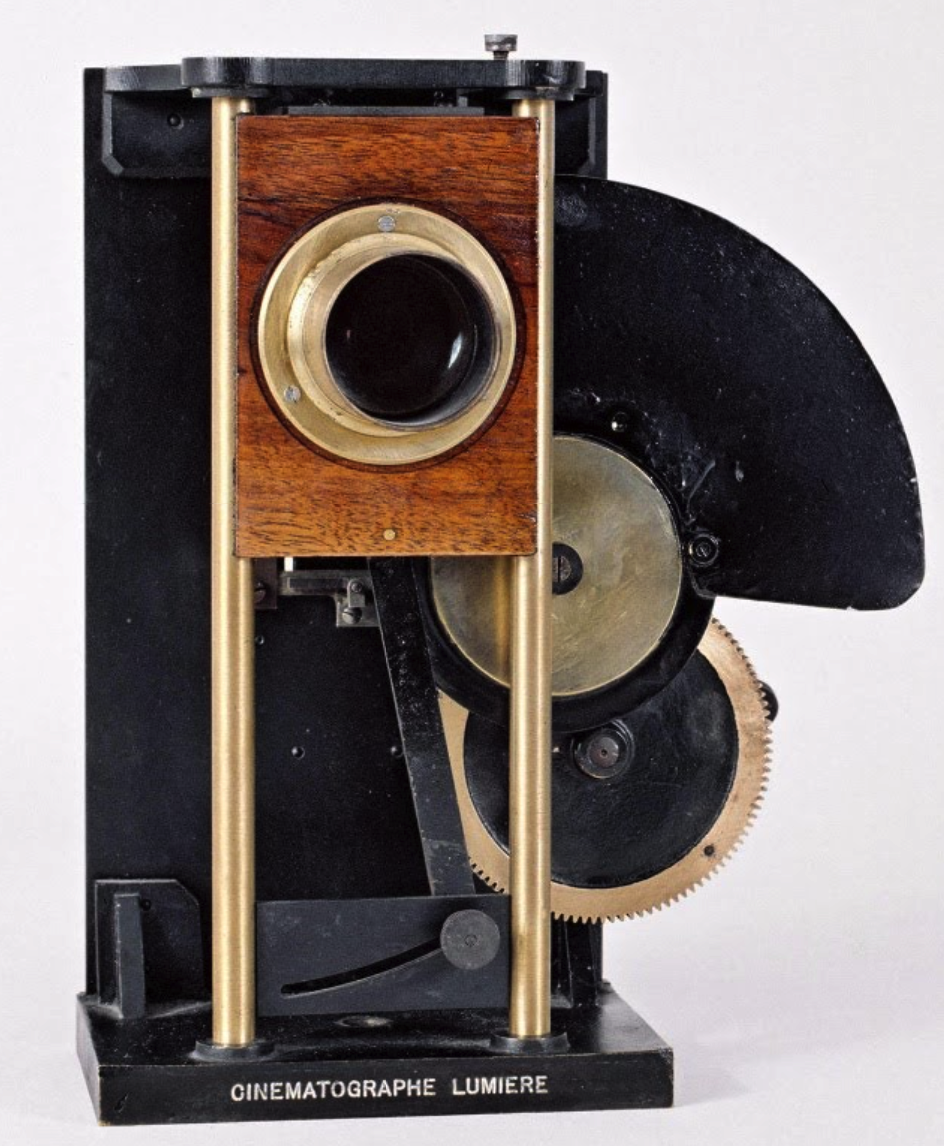
Post Your DQs etc for History of Film 1 Fall 2022 here.
Discussion questions are due every Monday and every Wednesday by 8:00 p.m.
A Flock Of Seagulls - Space Age Love Song (With the Prague Philharmonic Orchestra)
A Flock Of Seagulls - Space Age Love Song (Official Music Video)
TENTATIVE SCHEDULE (Please expect minor adjustments to be made in the schedule from time to time; all changes will be announced both in class and on the class listserv.)
AUGUST 25: Silent Film in Sound Film: Film as Magic (superimposition) and as Documentary (Indexical)
1. The Lumière Brothers


"The Arrival of a Train at La Ciotat Station" (dir. Lumière Brothers, 1896)
"The Waterer Watered" dir. Louis Lumière, 1896)
The Lumière Cinématographe (1894-95)
2. George Méliès
A Trip to the Moon (dir. Georges Méliès, 1902) in black white and a modern soundtrack. (2) with a different sound track and hand colored tinting. (3) in black and white with no soundtrack. The camera never moves (for technical reasons) and there are nno intertitles. Later directors discovered that the actor's movement could be even more important than camera movement.

The Smashing Pumpkins, "Tonight, Tonight" (1995) Note: the ship is called the S.S. Méliès. |
Due Monday August 29 by 8:00 p.m: After you click on the link on the title and watch The Last Command (dir. Josef von Sternberg, 1927), write two Discussion Questions (DQs) on The Last Command (dir. Josef von Sternberg, 1927) and describe any three shots of your choice with three film analysis terms.
Post Your DQs etc for History of Film 1 Fall 2022 here.
Put your DQs and three shots in one word document--.doc or .docx--and send the word . Don't send me a google doc or copy your document into your email. Don't forget to put your name in the upper right corner of your word document. If you want to know how to improve your discussion questions, I will be happy to meet with you on zoom during office hours or by appointment and show you.
Example of the word document format for discussion questions due Mondays by 5:00 p.m.:
Your name in the upper right corner.
1. (with timestamps of the shots you are discussing)
2. (with timestamps of the shots you are discussing)
a. (descriptions using film analysis terms with timestamps)
b. (descriptions using film analysis terms with timestamps)
c. (descriptions using film analysis terms with timestamps)
AUGUST 30
REQUIRED FIRST VIEWING:
Post Your DQs etc for History of Film 1 Fall 2022 here.
WE WILL WATCH THE SAME FILM TWICE EACH WEEK (UNLESS OTHERWISE NOTED).
The Last Command (dir. Josef von Sternberg, 1927)
Note: Von Sternberg frequently repeats shots.
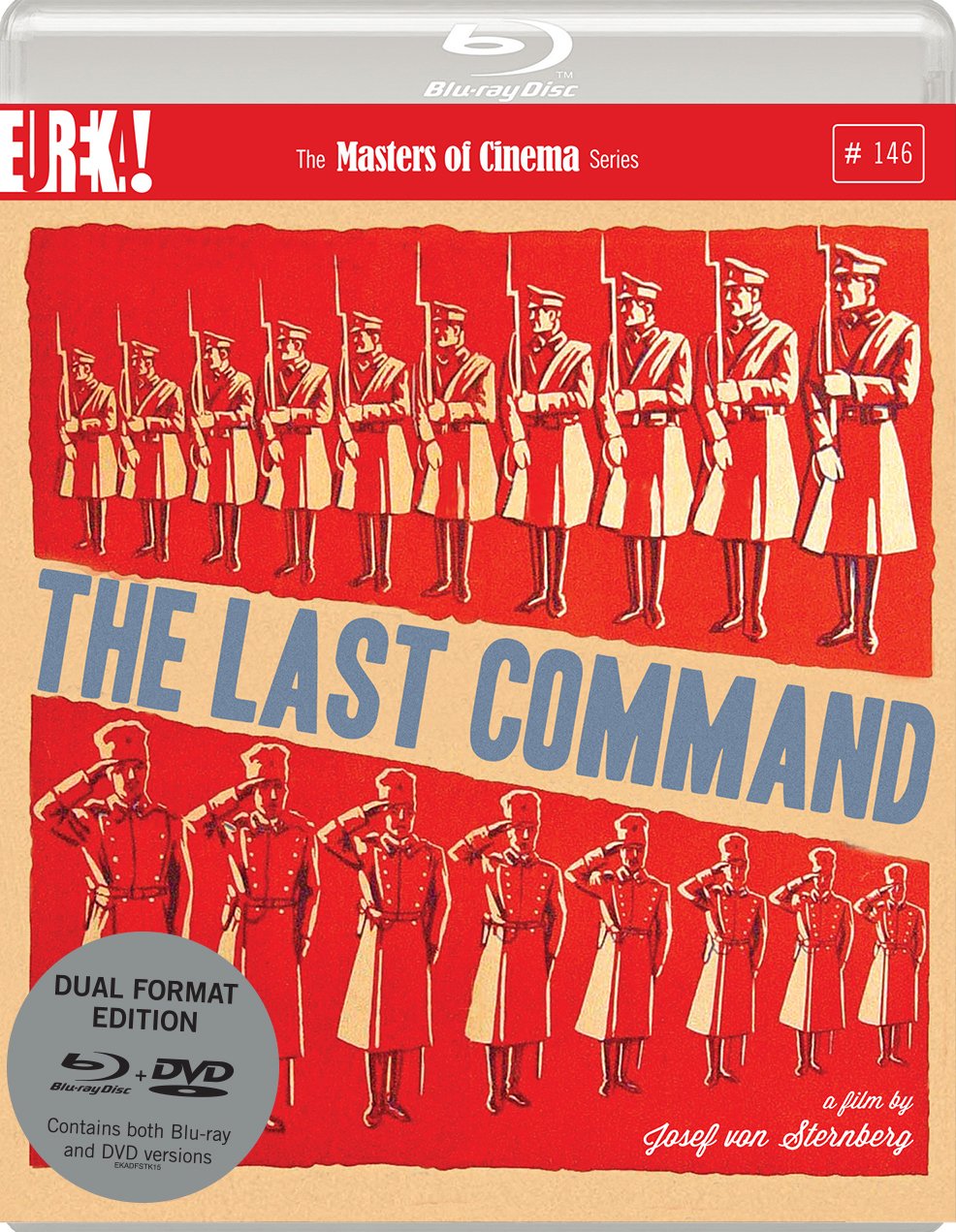
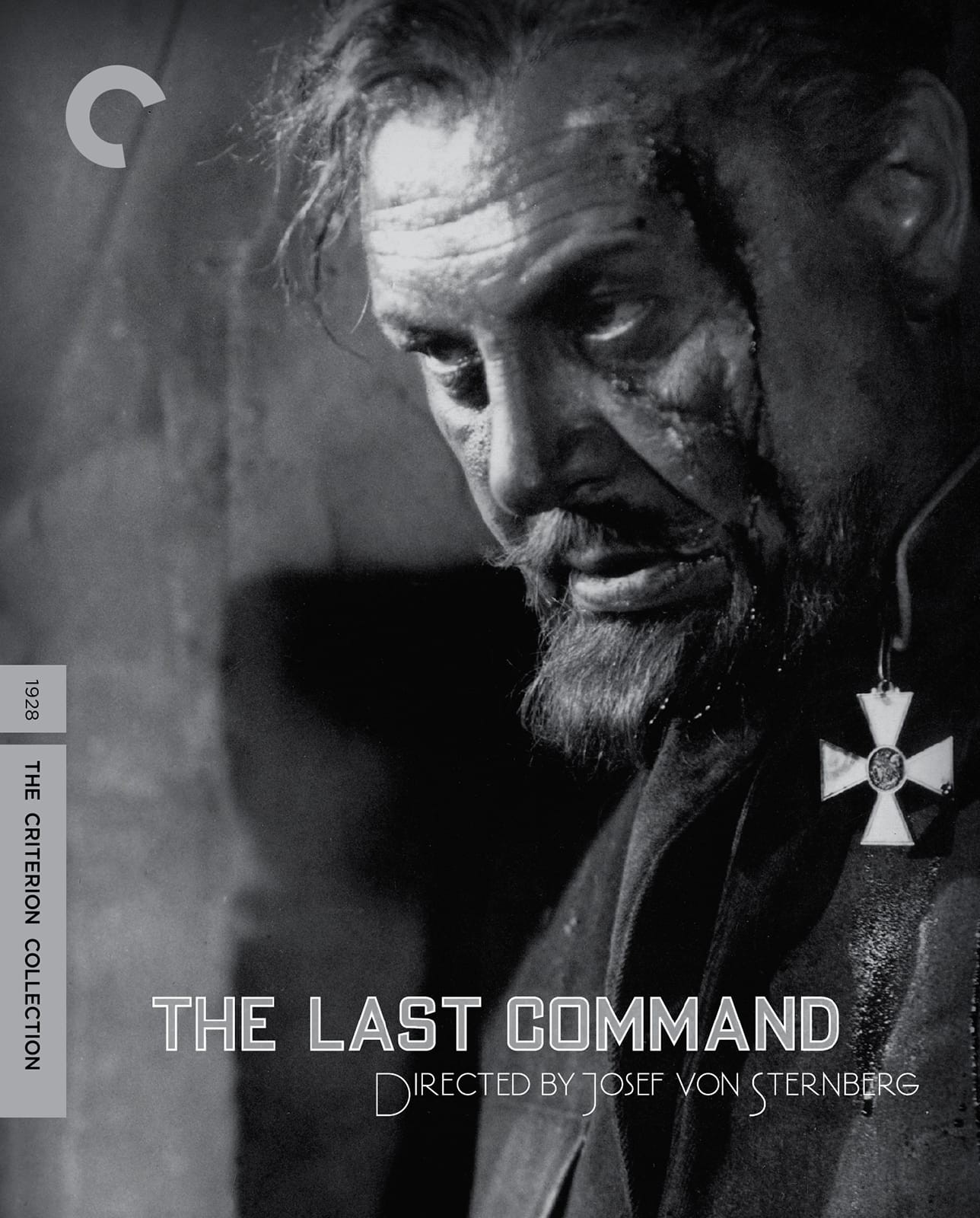
Recommended Viewing:
The Life and Death of 9413: a Hollywood Extra (1928)
The Extra Girl (dir. F. Richard Jones ,1923; starring Mabel Normand)
Due Wednesday August 31 by 8:00: Email all work for the course to me at [email protected].
Watch The Last Command a second time. There are three acts in this film, the first ending with the fade to black after the General looks in a mirror and sees his reflection while getting ready to put his make up on, the third beginning after an identical fade to black with the same shot only now the General is already made up. Pick two similar shots in the film from two different acts we did not discuss in class and compare them to two shots in the film we did or did not discuss. In your word doc, give the timestamps of the four shots and give a description (around 40 words) of the formal relation you observe between each two you pair.
Example of the word document format for discussion questions due Wednesdays by 5:00 p.m.
Your name in the upper right corner.
Your four film shots:
A.
1. Very brief description of the similar shot we didn't discuss (so we can identify it), number 1, the Timestamp (did discuss in class)
2. Very brief description of the shot (so we can identify it), number 2, the Timestamp (did not discuss in class) you are matching to the shot in 1.
3. Very brief description of the similar shot we didn't discuss (so we can identify it), number 3, the Timestamp (did discuss in class)
4. Very brief description of the shot (so we can identify it), number 4, the Timestamp (did not discuss in class) you are matching to the shot in 3.
B.
Your discussion (40-60 words) of why you chose the old shots and the two new shots, with the number of the Timestamps for each one (four total).
SEPTEMBER 1
The Last Command (dir. Josef von Sternberg, 1927)
REQUIRED 2ND VIEWING:


Recommended:
The Heart of the World (dir. Guy Madden, 2000)
Sign Up to Co-Lead Class the First of at Least Two Times During the Semester.
Once you have a partner to co-lead class discussion, the two of you will create a google doc for your notes and share it with me by 8:00 p.m. the day before you are co-leading so I can add my thoughts. Make sure you give me permission to edit the document.
I will no longer post due dates for Discussion Questions (DQs)/THREE SHOT DESCRIPTIONS and SHOT COMPARISONS AND DISCUSSIONS. They are due every Monday and Wednesday by 8:00 p.m. and address materials covered during class the following Tuesday and Thursday. Post Your DQs etc for History of Film 1 Fall 2022 here.
SEPTEMBER 6
Sunrise (dir. F. W. Murnau, 1927)
REQUIRED FIRST VIEWING:

REQUIRED 2ND VIEWING:
Sunrise (dir. F. W. Murnau, 1927)

***First Paper due 11:59 p.m. Saturday September 17***
PAPER TOPICS WILL BE ANNOUNCED.
Formatting for image captures in your FIRST PAPER: put time stamps for the images at the end of your sentences as needed. Put the captures in your paper near the part you discuss them, as if you were quoting from a book. Begin your sentence describing the shot when you use an image capture. Number the images, give them captions, and refer to them by the same number in the body of your paper when you discuss them. Put the image number at the end of your sentence after the timestamp, if you give a timestamp.
Live GRADING in 4314 Turlington: I will meet with you in person to discuss your paper with you. PLEASE BE ADVISED: If you didn't do the asignment, your grade is an automatic E. If didn't put your name on your paper, it's an automatic E. If you didn't have a proper title, it's an automatic E. If you didn't have a thesis, it's an automatic E. One third of your grade will be based on your title; one third on your thesis; and one third on the rest of your paper.
SEPTEMBER 13: Silent Film Holdout: Charlie Chaplin
REQUIRED FIRST VIEWING:
Modern Times (dir. Charlie Chaplin, 1936)

SEPTEMBER 15
REQUIRED 2ND VIEWING:
Modern Times (dir. Charlie Chaplin, 1936)

"Je cherche après Titine" (Léo Daniderff) / (English translation)
FIRST PAPER, a Film Clip Analysis Assignment DUE Saturday, September 17, by 11:59 p.m. 700 words.
SEPTEMBER 20
REQUIRED FIRST VIEWING:
Metropolis (dir. Fritz Lang, 1925)

SEPTEMBER 22
REQUIRED 2ND VIEWING:
Metropolis (dir. Fritz Lang, 1925)

SEPTEMBER 27
Picadilly is on Face Book and also here: Criterion Channel
REQUIRED FIRST VIEWING:
Piccadilly (dir. E.A. Dupont, 1929)
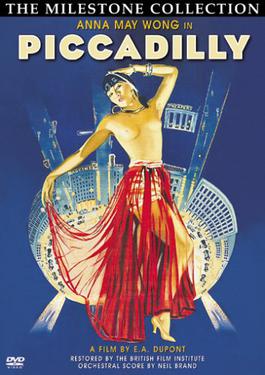
Compare "Bad" Maria's dance scene to the dance scenes in PICCADILLY (1929) E. A. Dupont.
SEPTEMBER 29
REQUIRED 2ND VIEWING:
Piccadilly (dir. E.A. Dupont, 1929)

OCTOBER 4: Doing Down in Flames: World War I as Romance
REQUIRED FIRST VIEWING:
Wings (dir. Wiliam Wellman, 1927)

OCTOBER 6: Romance going Down in Flames
REQUIRED 2ND VIEWING:
Wings (dir. Wiliam Wellman, 1927)

Recommended WWI aviation / barnstormer films:
The Big Parade (dir. King Vidor, 1925)
The Lost Squadron (dir. George Archainbaud,1932)
Hell's Angels (dir. Howard Hawks)
The Tarnished Angels (dir. Douglas Sork, 1957)
The Blue Max (dir. Jphn Guillermin, 1966)
The Great Waldo Pepper (dir. George Roy Hill, 1975)
Flyboys (dir. Tony Bill, 1906)
OCTOBER 11
REQUIRED FIRST VIEWING:
Way Down East (dir. D. W. Griffith, 1920)
The Kino Lorber edition is available online for free here.
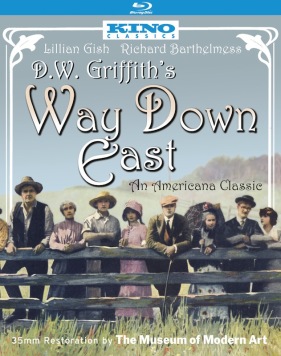
OCTOBER 13
REQUIRED 2ND VIEWING:
Way Down East (dir. D. W. Griffith, 1920)
The Kino Lorber edition is available online for free here.

Relevant Viewing:
Lillian Gish Accepts the AFI Life Achievement Award in 1984
When an old film print cannot be restored, it can become art.
OCTOBER 18
REQUIRED FIRST VIEWING:
The General (dir. Buster Keaton, 1926)
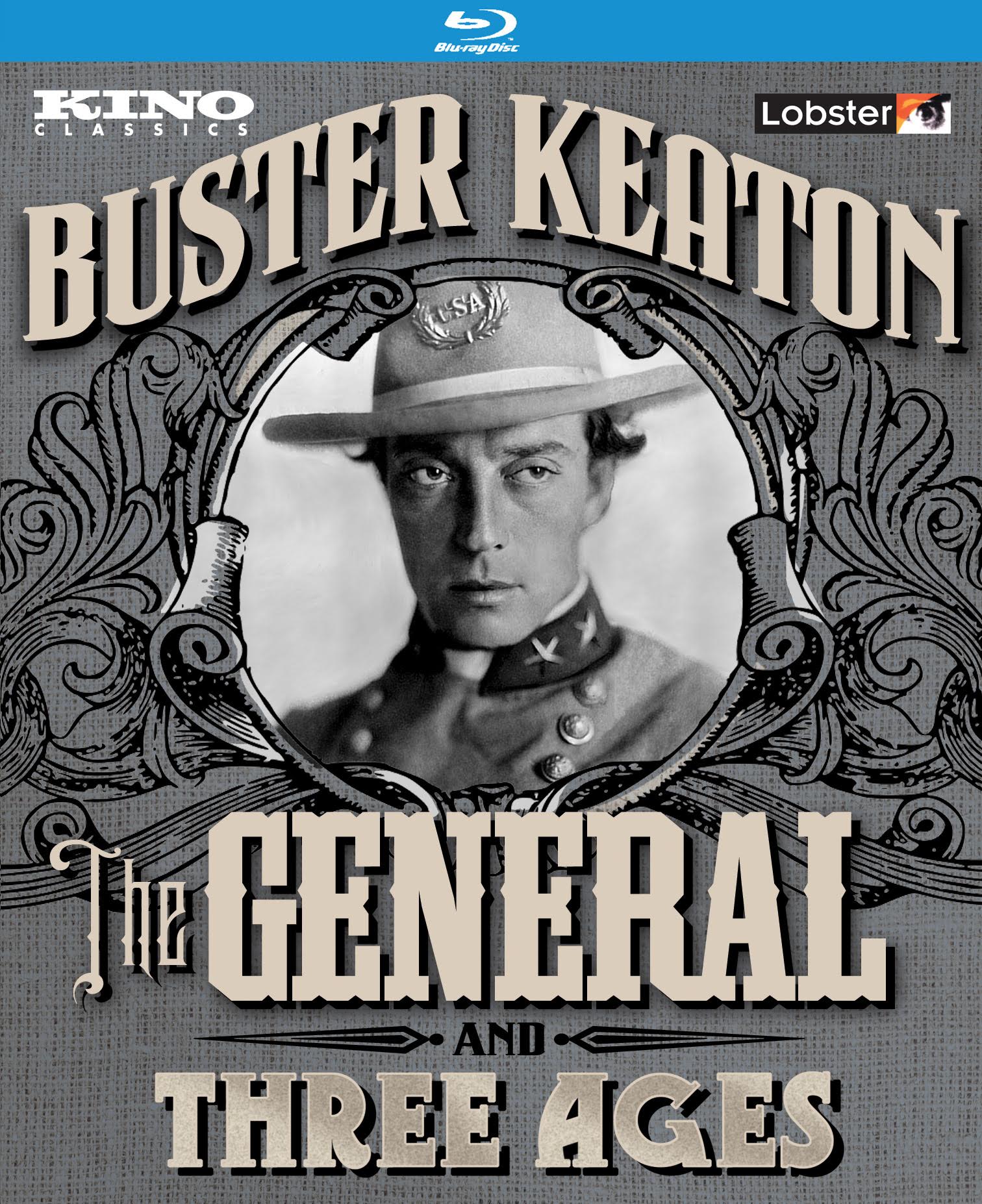
Recommended:
Best Short Movies with Buster Keaton
Thomas Edison, Electrocuting an Elephant;
The Great Train Robbery (1903); Frankenstein (1910 film)
OCTOBER 20
REQUIRED 2ND VIEWING:
The General (dir. Buster Keaton, 1926)

OCTOBER 25
REQUIRED FIRST VIEWING:
Greed (1924) by Erich von Stroheim (239 Min EXTENDED RECONSTRUCTION) Thank you, Payton!

OCTOBER 27
REQUIRED 2ND VIEWING: (Watch this shorter 180 minute version and compare the soundtrack to the soundtrack of the four hour version.) OCTOBER 27
In your DQs, compare the soundtrack in two places in this version to two places in the soundtrack of the four hour version.
Erich von Stroheim’s Greed (1924) with original live score by Asphalt Serenade

NOVEMBER 1:
REQUIRED FIRST VIEWING:
The Lost Girl (dir. G.W. Pabst, 1929)

NOVEMBER 3:
REQUIRED VIEWING:
Pandora's Box (dir. G.W. Pabst, 1929)

NOVEMBER 8
REQUIRED FIRST VIEWING:
The Passion of Joan of Arc (dir. Carl Theodor Dreyer, 1928)
Masters of Cinema blu-ray and Criterion Blu-Ray editions and clip in Godard's Vivre sa Vie when Nana and her john go to see Dreyer's Passion of Joan of Arc. Stills from the Criterion and MofC DVDs


Recommended Viewing and Reading:
La merveilleuse vie de Jeanne d'Arc (1929, Marco de Gastyne dir.).
Procès de condamnation de Jeanne d'Arc. Texte, traduction et notes [par] Pierre Champion (1920)


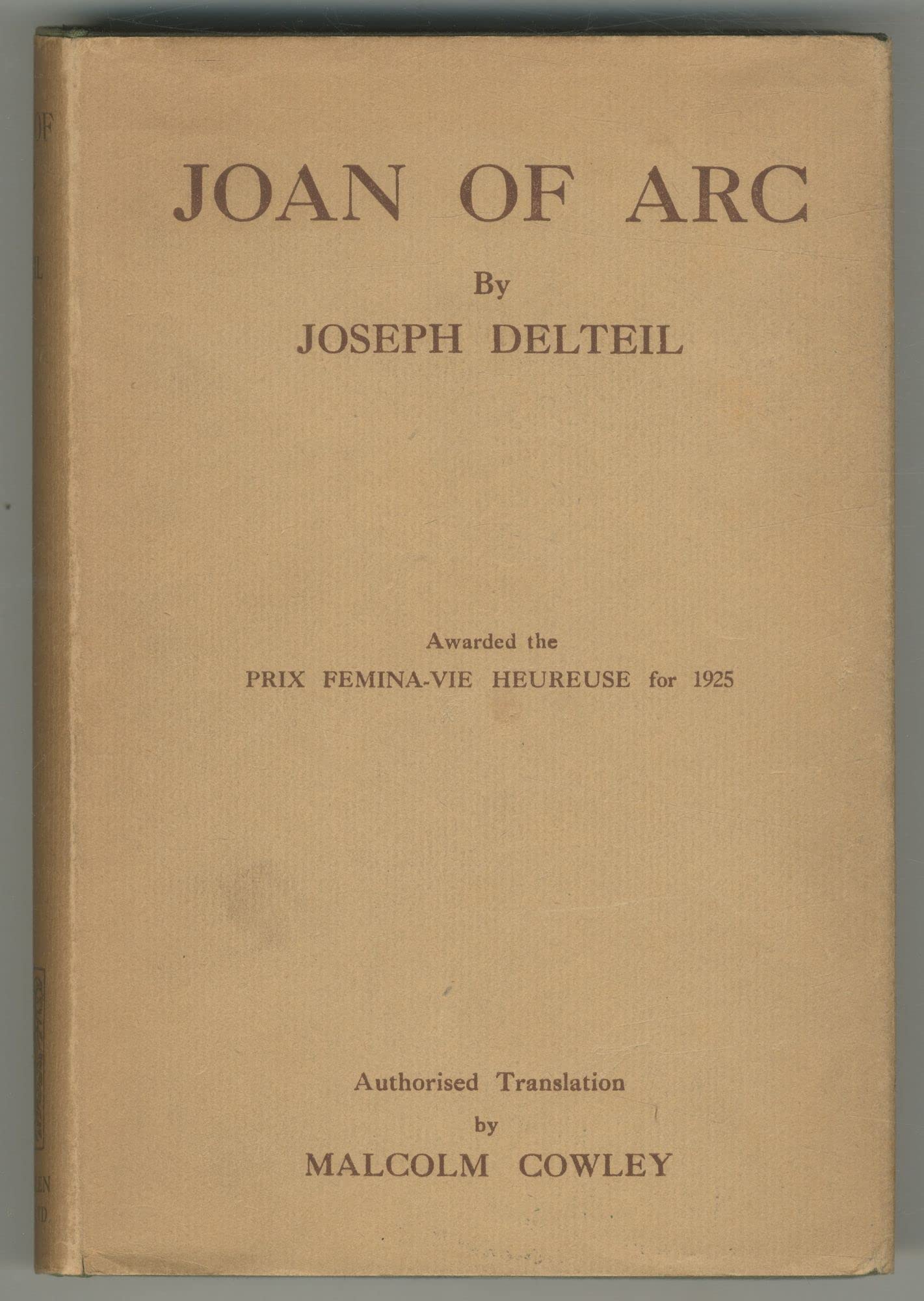
Joseph Delteil, Joan of Arc; translated by Malcolm Cowley
NOVEMBER 10
REQUIRED 2ND VIEWING:
The Passion of Joan of Arc, (dir. Carl Theodor Dreyer, 1928)
Masters of Cinema blu-ray and Criterion Blu-Ray editions and clip in Godard's Vivre sa Vie when the prositute Nana and her John go to see Dreyer's Passion of Joan of Arc.
Stills from the Criterion and MofC DVDs


SECOND PAPER DUE November 12 by midnight.
Second Paper (500 words) DUE Saturday November 12 by midnight. WHAT YOU NEED TO KNOW: Your assignment is to do a close reading of a clip from an assigned film we've watched this semester excepting the film you wrote your film assignment on. Focus on a scene and discuss it in detail. That passage or scene is your paper topic. Cite the film to make your points. Develop your thesis. The film is your evidence. Use screen captures to support your points. If you don't know what a close reading is and have never done one before, be sure to go to http://writingcenter.fas.harvard.edu/pages/how-do-close-reading. You may also ask me for clarification. You must also know how to write a research paper, or analytical essay. You will need a title for your paper and a thesis, an argument that you can state in one sentence. Your thesis should go at the end of your first paragraph. To make sure we share the same understanding of the assigned paper, please read http://users.clas.ufl.edu/burt/paper.html before you begin writing. You may figure out your title before you write your paper, but usually, you only figure out your title after you figure out your thesis. And you figure out your thesis by writing your paper. What you think is your conclusion often needs to be moved up from the end of the essay to the front. Then you are ready to make your final revisions and add a new concluding paragraph. You may also have come up with a new title in the course of writing the paper. And then you are ready to proofread your paper. And then you will have finished writing your paper. Congratulations! :) Also, please insert image captures as needed.
Email your paper (as an attachment) to me at [email protected]). Put your name in the subject title or header of your title. Put your name in your paper.
Grading: I will meet with you in person to discuss your paper with you. PLEASE BE ADVISED: If you don't do the asignment, a close reading, your grade is an automatic E. If don't put your name on your paper, it's an automatic E. If you didn't have a proper title, it's an automatic E. If you didn't have a thesis, it's an automatic E. One third of your grade will be based on your title; one third on your thesis; and one third on the rest of your paper.
Live GRADING in 4314 Turlington
NOVEMBER 16
Required First Viewing:
Battleship Potemkin (dir. Sergei Eisenstein, 1925)

Recommended Reading:
S. M. Eisenstein, V. I. Pudomn, and G. V. Alexandrov, "A Statement on Sound" (1928)
NOVEMBER 18:
REQUIRED SECOND VIEWING:
Battleship Potemkin (dir. Sergei Eisenstein, 1925)

NOVEMBER 22: Richard Wagner goes to the silent cinema.
REQUIRED SINGLE VIEWING:
Un Chien Andalou (dir. Luis Buñuel, 1929; Wagner soundtrack added in 1960 with Buñuel's supervision) and L'Age d'Or (dir. Luis Buñuel, 1930)
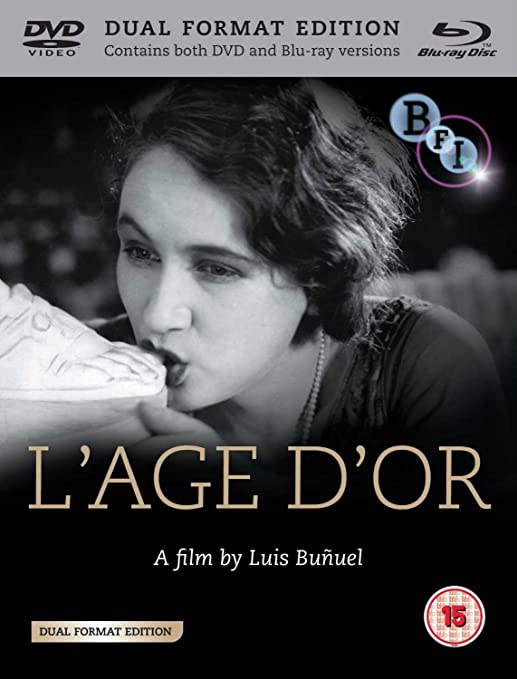
L'Age d'Or soundtrack:
NOVEMBER 24 Thanksgiving
NOVEMBER 29
REQUIRED SINGLE VIEWING:
The Cameraman (dir. Buster Keaton, 1928)
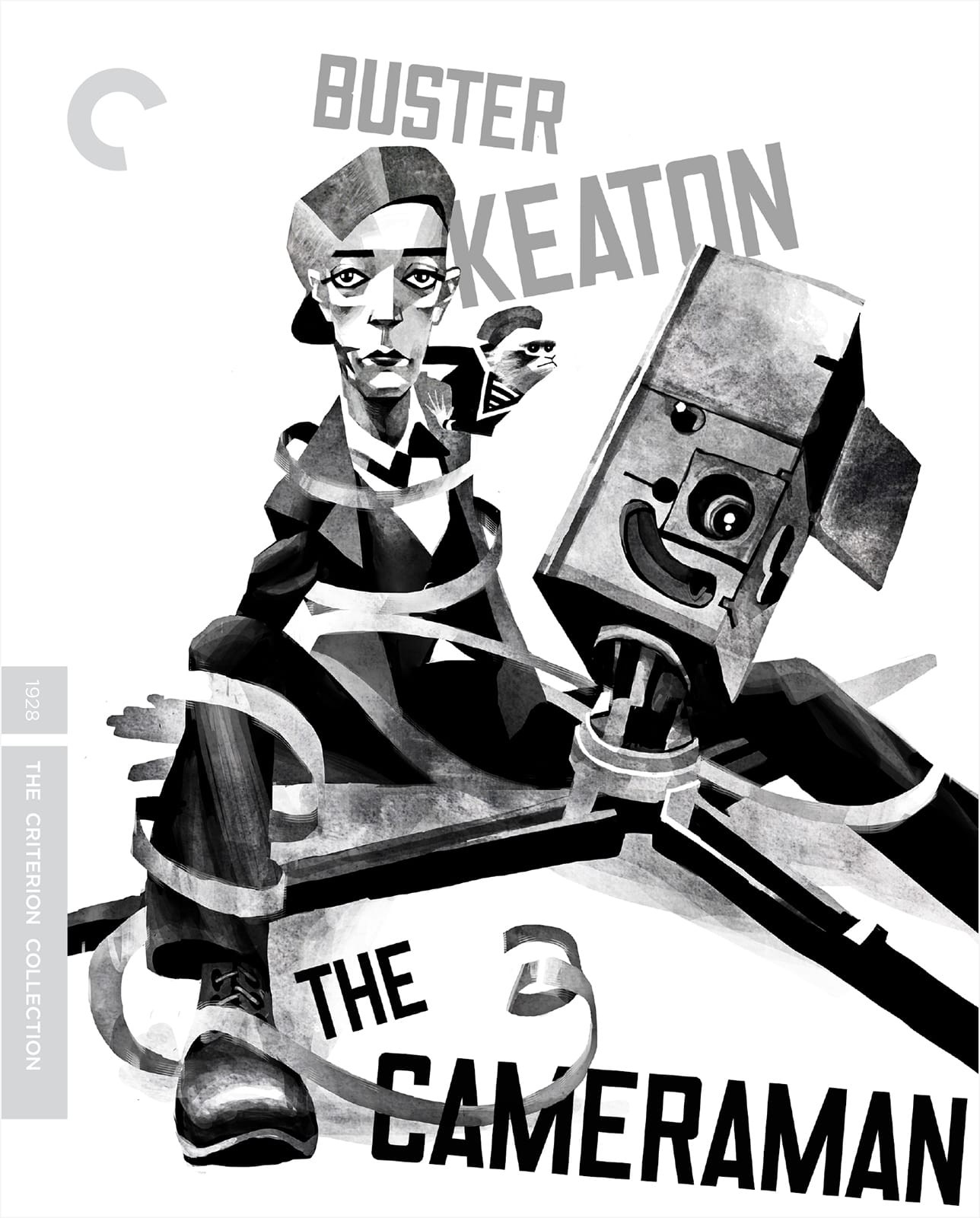
Email me who you think wrote the best DQs (not written by you) of the semester by November 30.
Third Paper Due December 2 by 11:59 p.m. Topics to be announced. Email all work for the course to me at [email protected]
DECEMBER 1
REQUIRED SINGLE VIEWING:
The Man with a Movie Camera (dir. Dziga Vertov, 1929)
Man with Movie Camera (dir. Dziga Vertov) with Michael Nyman soundtrack
Recommended alternative soundtracks:
Flicker Alley's edition of Man with a Movie Camera
Recommended Reading:
Dai Vaughan, "The Death of Cinema," in For Documentary: Twelve Essays (Berkeley: University of California Press, 1999)
Vote on the best film we saw this semester: Sunset, Metropolis, The Last Command, The Passion of Joan of Arc
Announcement of Student Who Wrote Best DQs of the Semester.
NOTHING BELOW IS REQUIRED FOR THIS COURSE
Elstir's "Port de Carquethuit" is fictional, but the editors of the Pleiades (Gallimard) edition list the following paintings (n. 131) as possible sources:
James M. Turner, "Portsmouth seen from the sea. Fishermen in the wind" and "The Harbor of Dieppe" (1 and 2)
Claude Monet, Le Port de Honfleur
Edouard Manet, Le Depart du vapeur de Folkestone
Vittorio Carpaccio, Legend Sainte Ursule
A Trip to the Moon (dir. Georges Méliès, 1902)

(Episodes TBA)
Les Vampires (dir. Louis Feuillade, 1915-16)
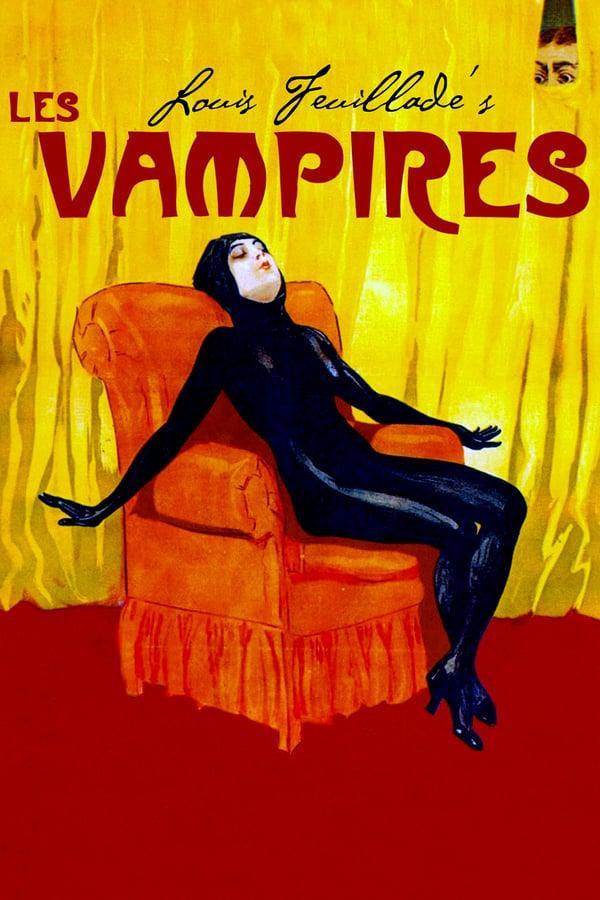
NOTHING BELOW IS REQUIRED
James Joyce's A Shorter Finnegans Wake Ed. Anthony Burgess (Viking: 1939), Foreword, pp. vii-xxviii.

(Another silent sound film)
The Naked Island (dir. Kaneto Shindo, 1960)

Two French versions with lyrics sung by Mathé Altery and by Jacqueline Danno
Rather than go directly to silent film, I first want to show you a few scenes from William Wyler's The Letter (1940)--repeatedly-- so you can pay particular attention to the music and hear how it is timed to the images. We will also watch the alternate ending of The Letter several times and the trailer at least once. I'm doing this so you may appreciate not only the way music is used but also appreciate how carefully the director and cinematographer subtly thought out the entire design of the film and make decisions about what to put or not to put in a given shot, even though audiences couldn't have noticed when it was originally released and may not notice now on DVD, despite the fact that the DVD provides us with an alternate ending and the film trailer, allowing us to compare them with the film as it was originally released. The DVD menu does not show them. You have to press "special features." Rather unusally, the DVD returns the viewer to the special features menu after it finishes playing instead of to the main menu. And even that return to the special features will happen only if you play the DVD all the way to the very end, something many viewers may not want to do. Audiences usually leave movie theaters when the end titles start to roll. How much you see and how well you see it depend on how much you want to see it and how closely you pay attention to the film as film.
Storming the Capitol 2021 US Capitol secured, 4 dead after rioters stormed the halls of Congress to block Biden's win
Storming the Winter Palace 1917
Hallucinating history: when Stalin and Eisenstein reinvented a revolution
The Odesssa Steps sequence. This is probably the most famous example and most influential of Eisenstein's montage editing.
Strike! (dir. Dir. Sergei Eisentein, 1925)
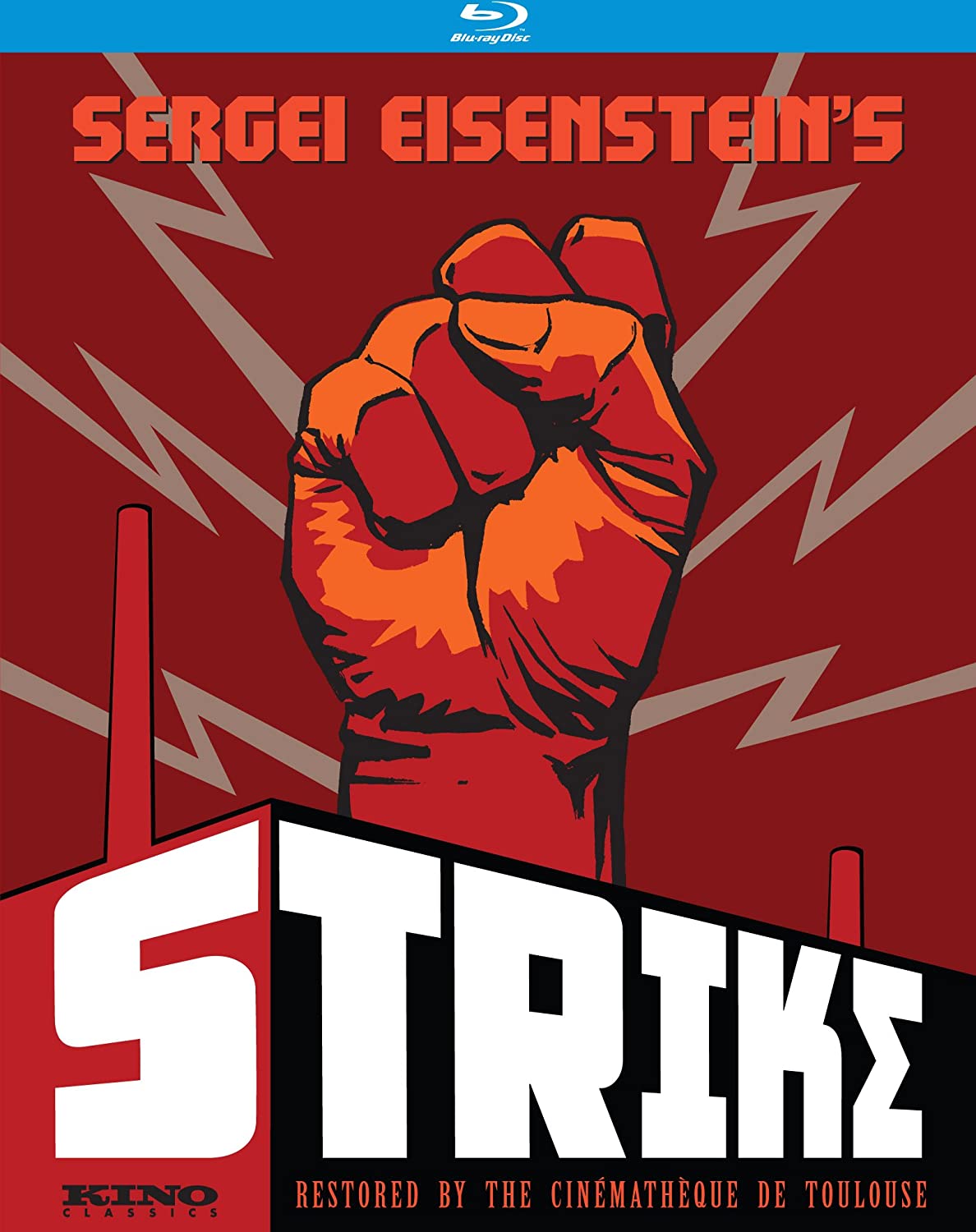
From the Tzar to Lenin (1937)
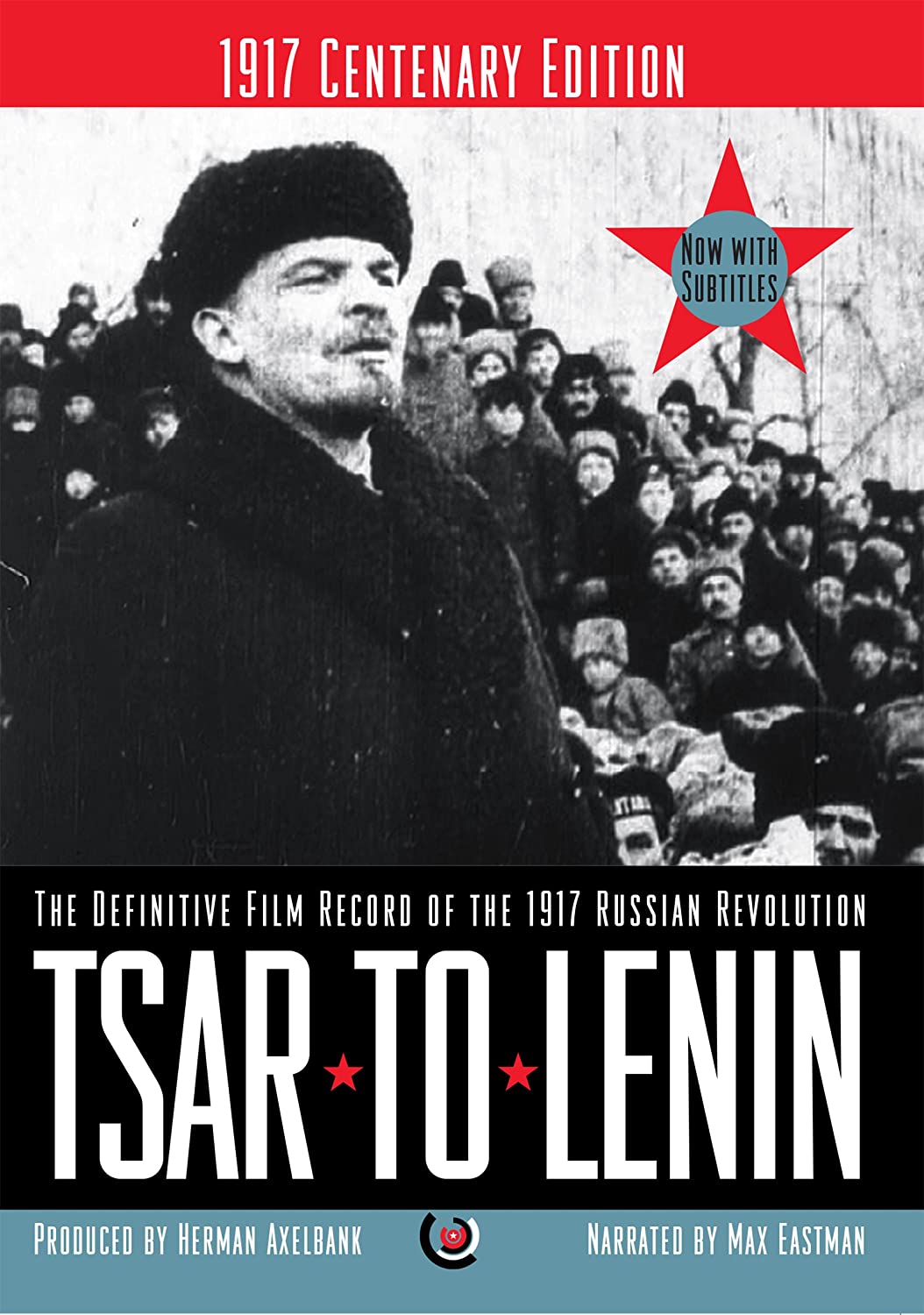
Recommended:
A Trip to the Moon: Film History #1 It's a bit over the top at times and the narrator mispronounces Méliès, but it has a lot of useful information. Méliès is pronounced like "May-Lee- ez"("ez" rhymes with says"). Each syllable gets the same stress.
The Legacies of Silent Film:
The Return to Silent Film in the Netflix Original Series Le Bazar de la Charité (The Bonfire of Destiny) 2019, Season One, Episode One Timestamps 11: 45 and 17:40 (the cinematograph with two films made by the Lumière Brothers)
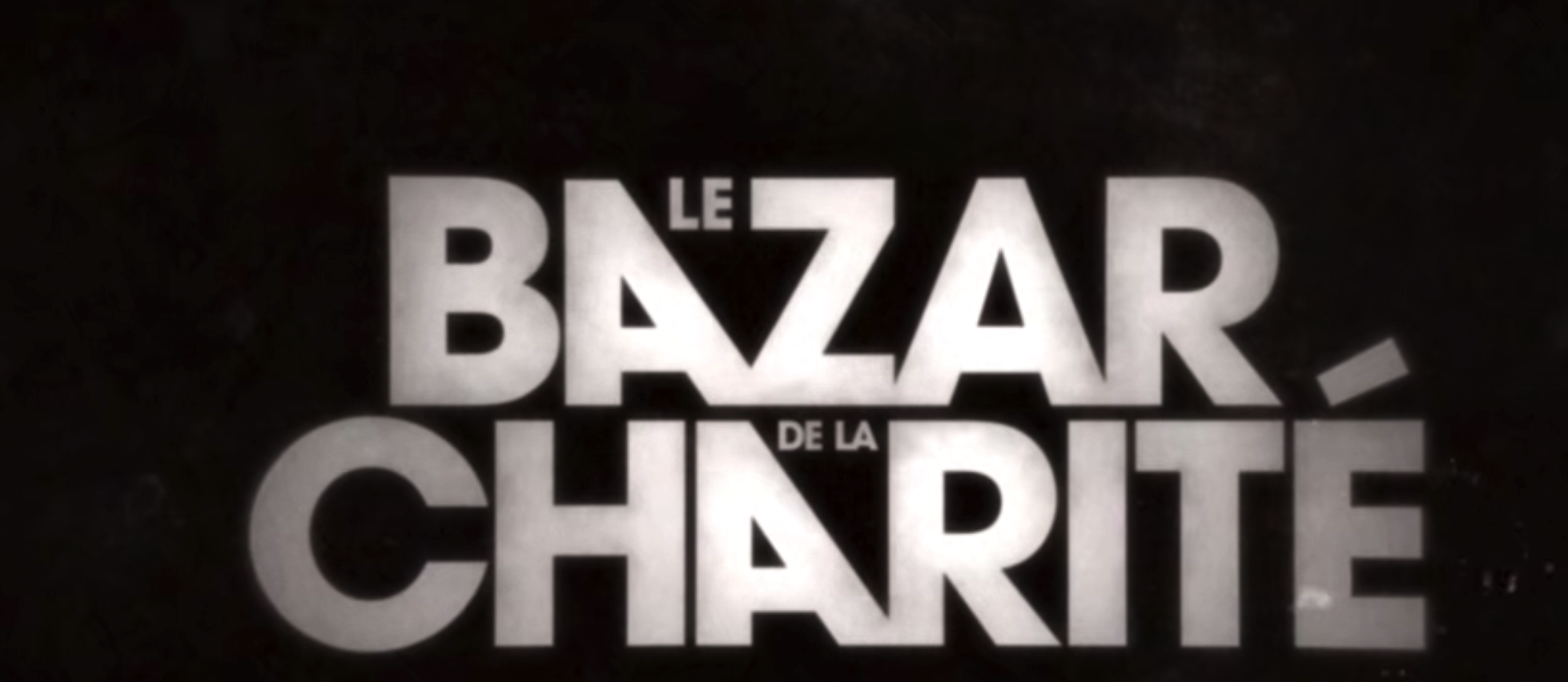
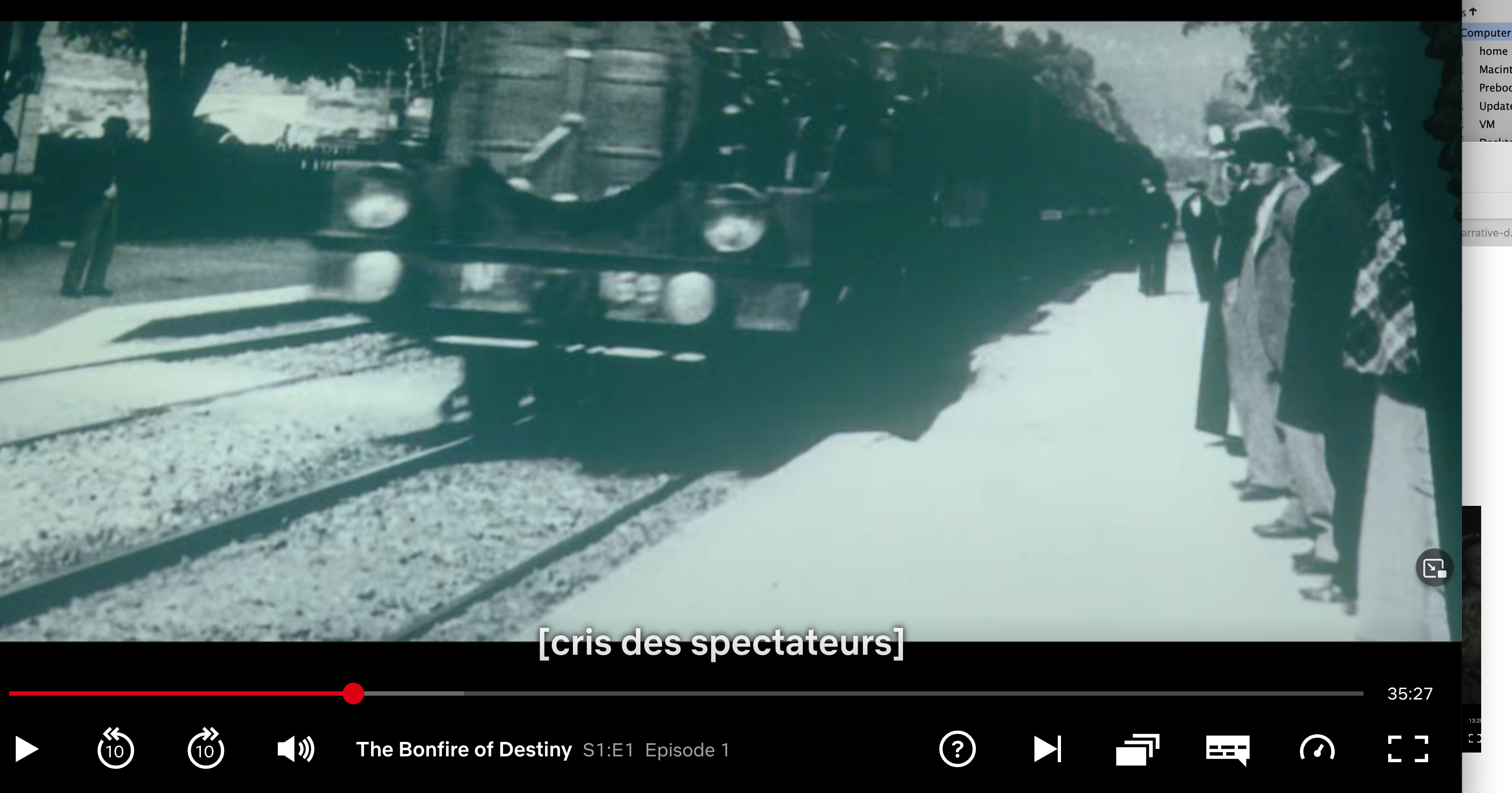
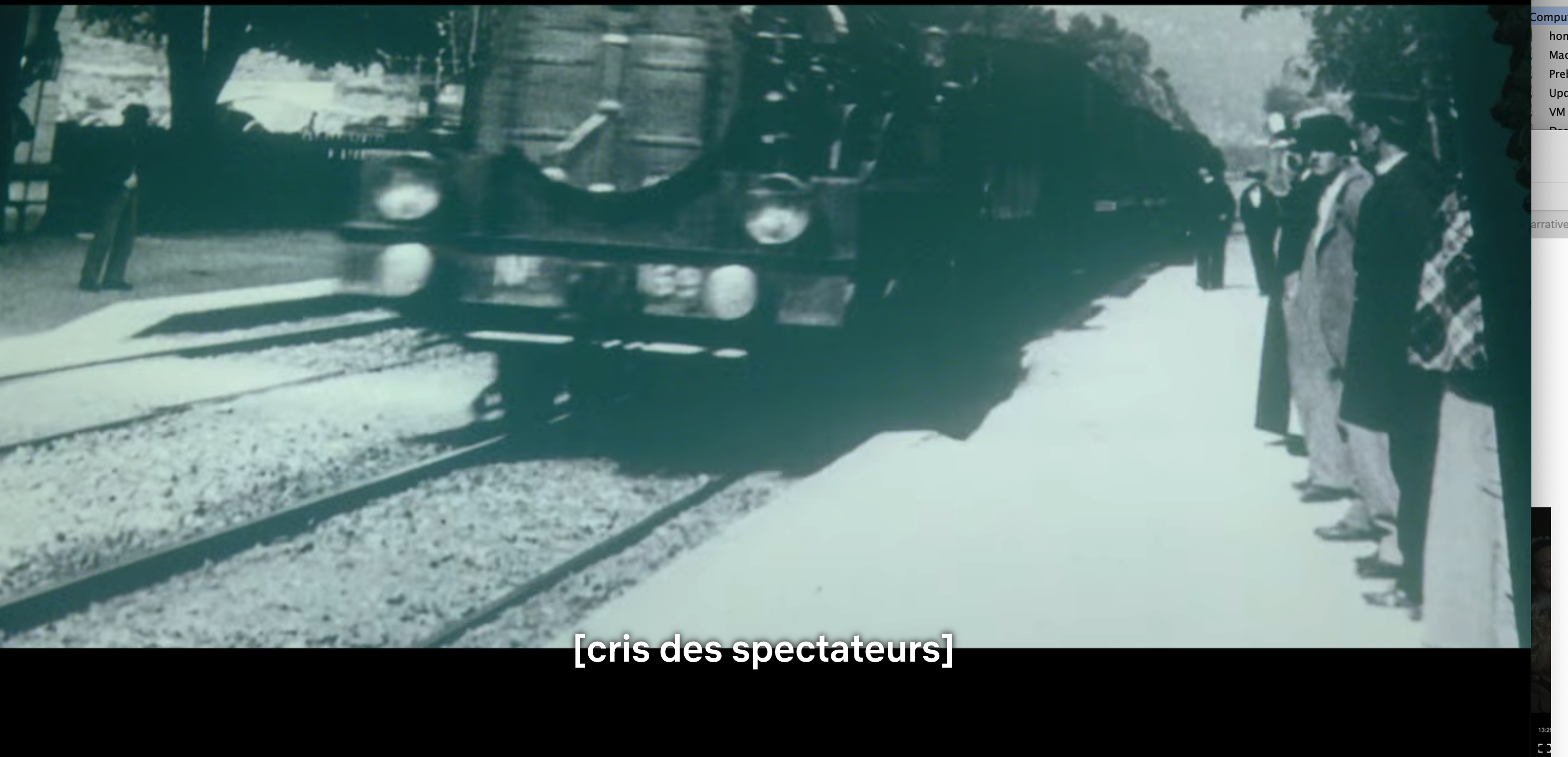
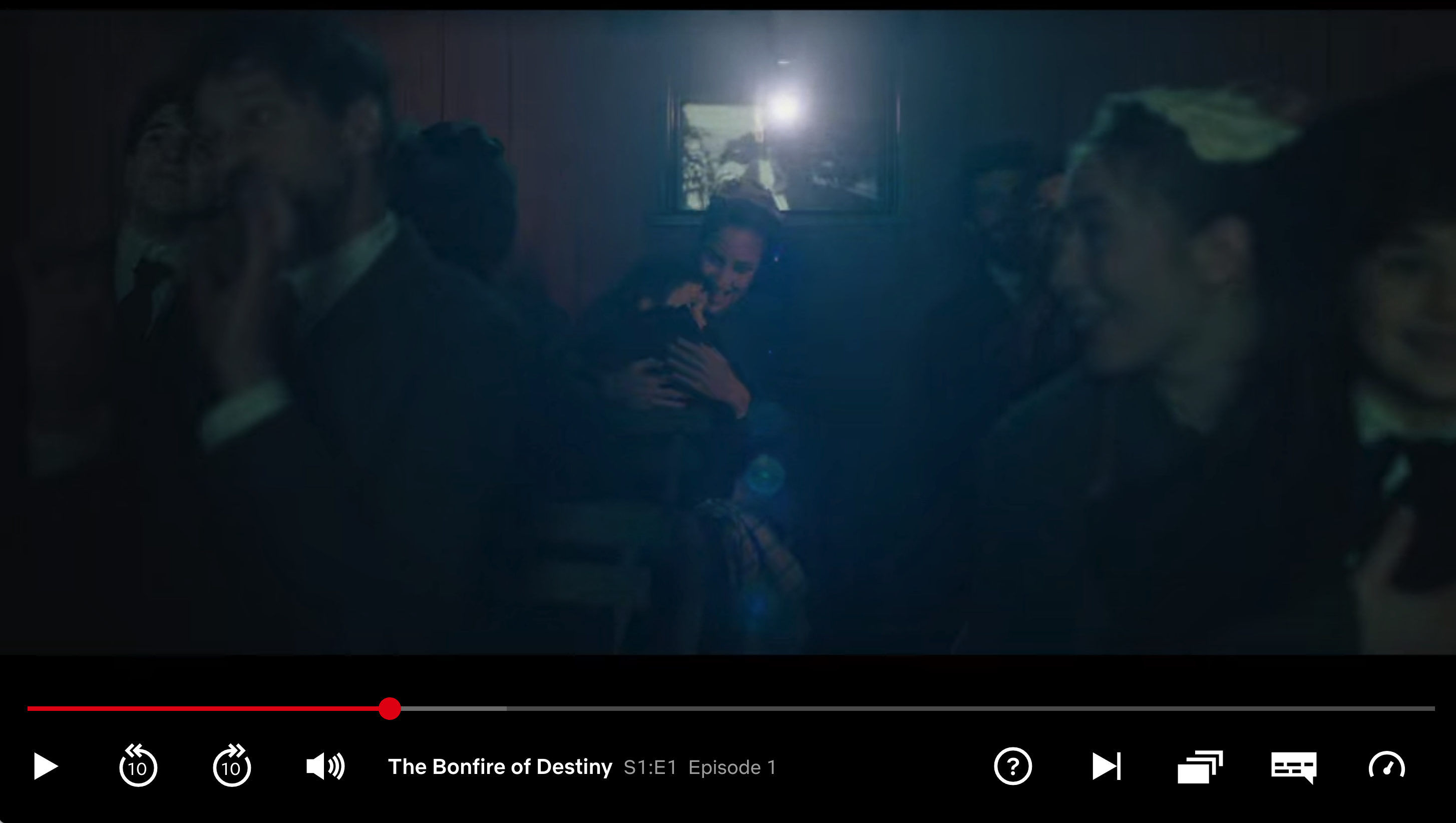


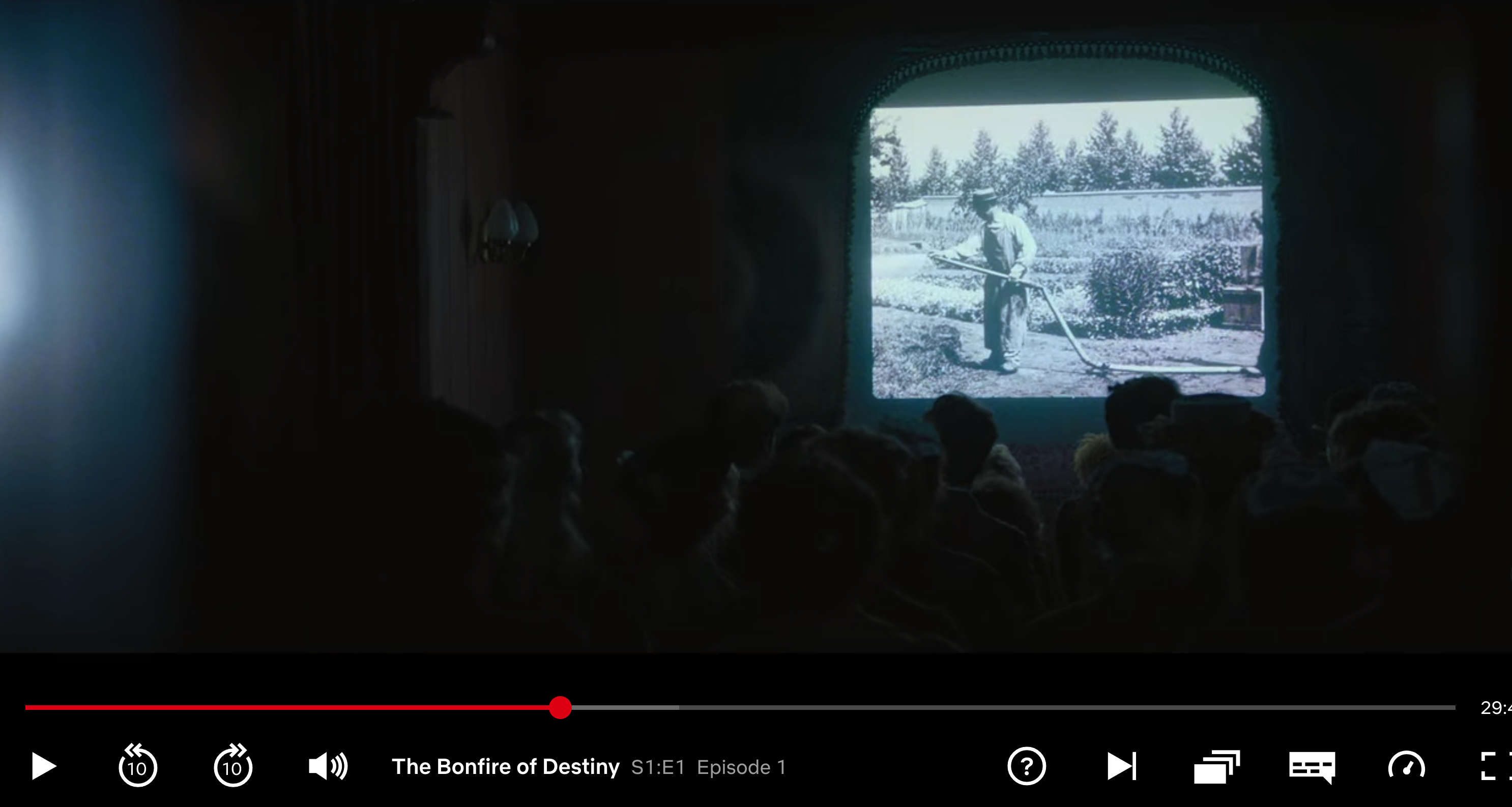
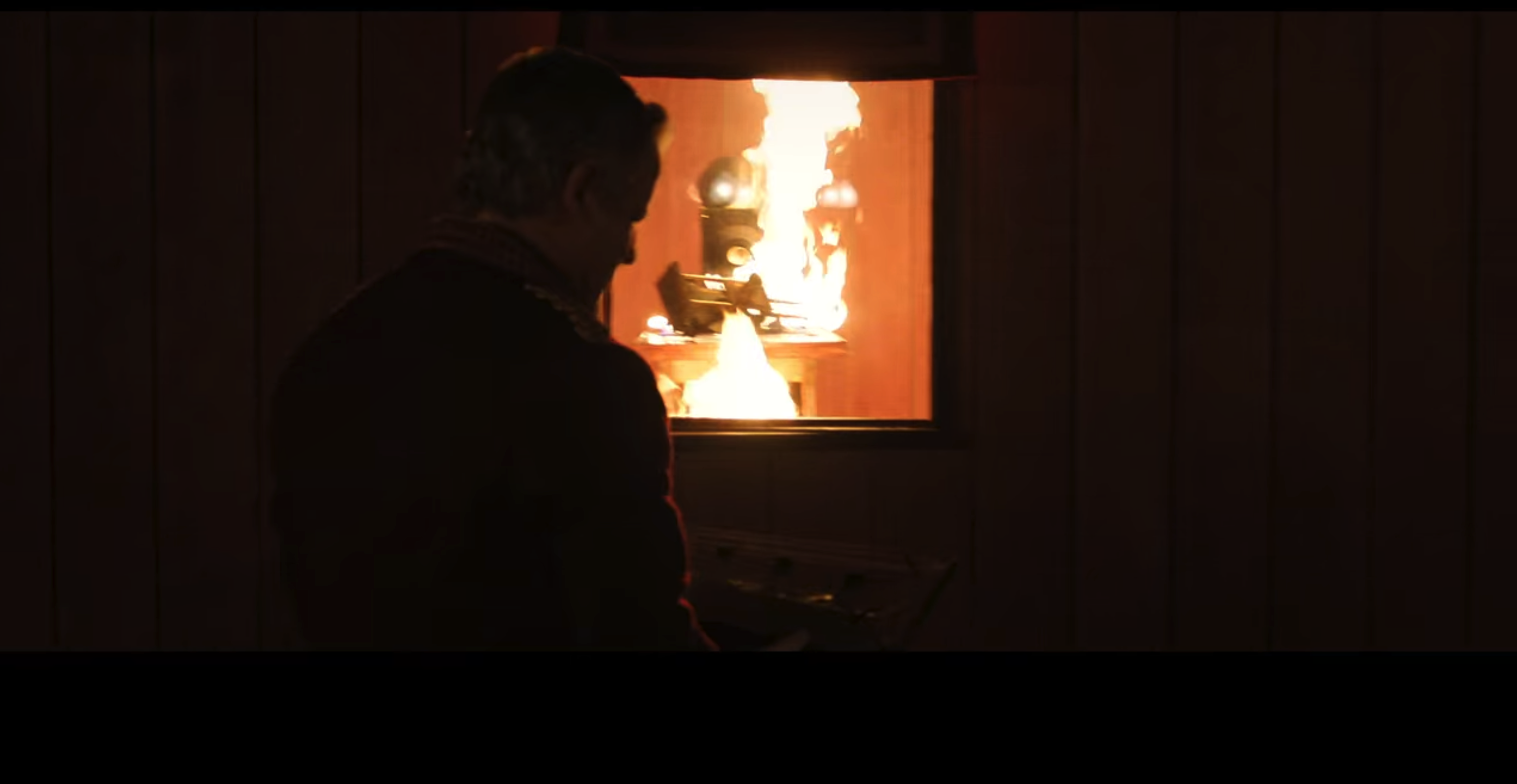
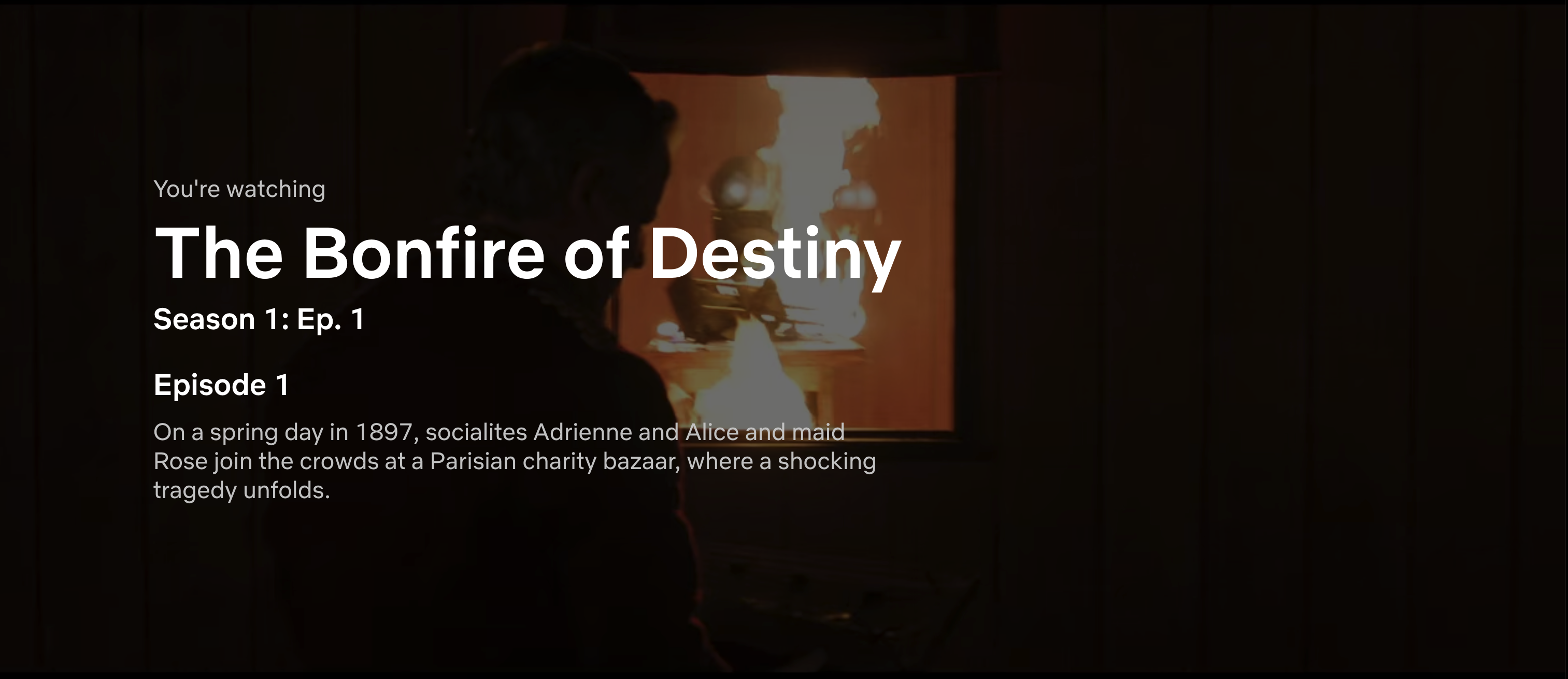
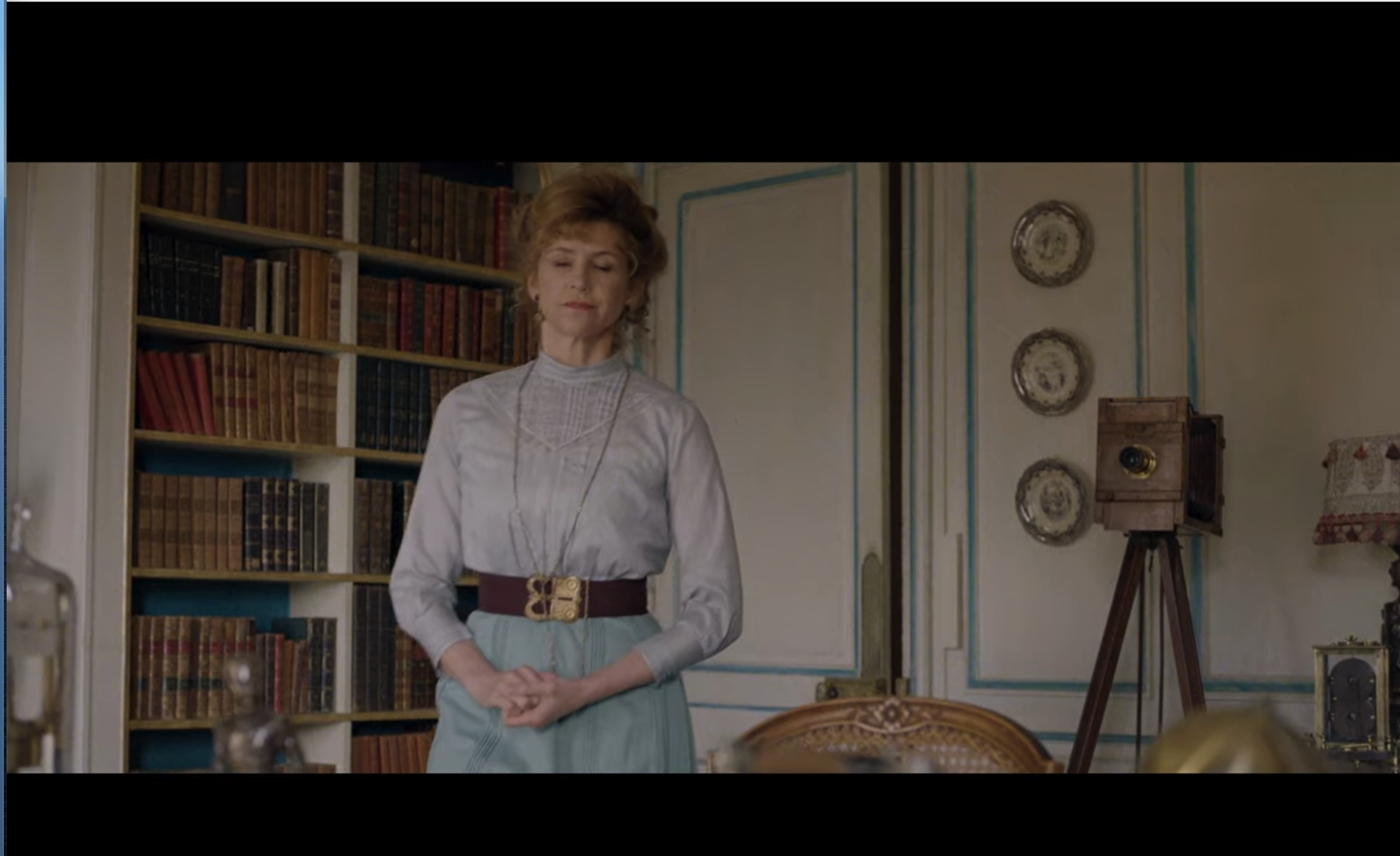
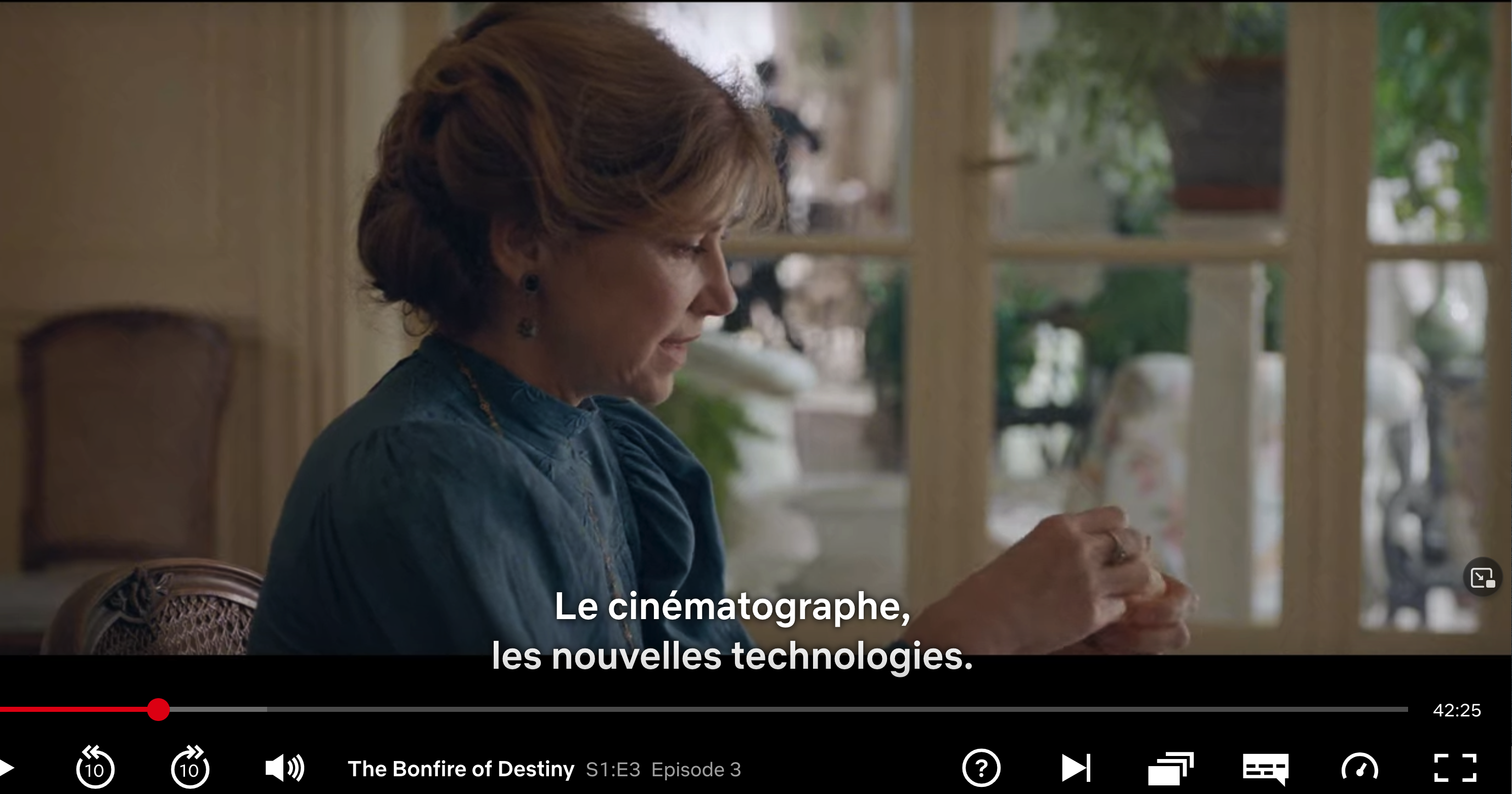

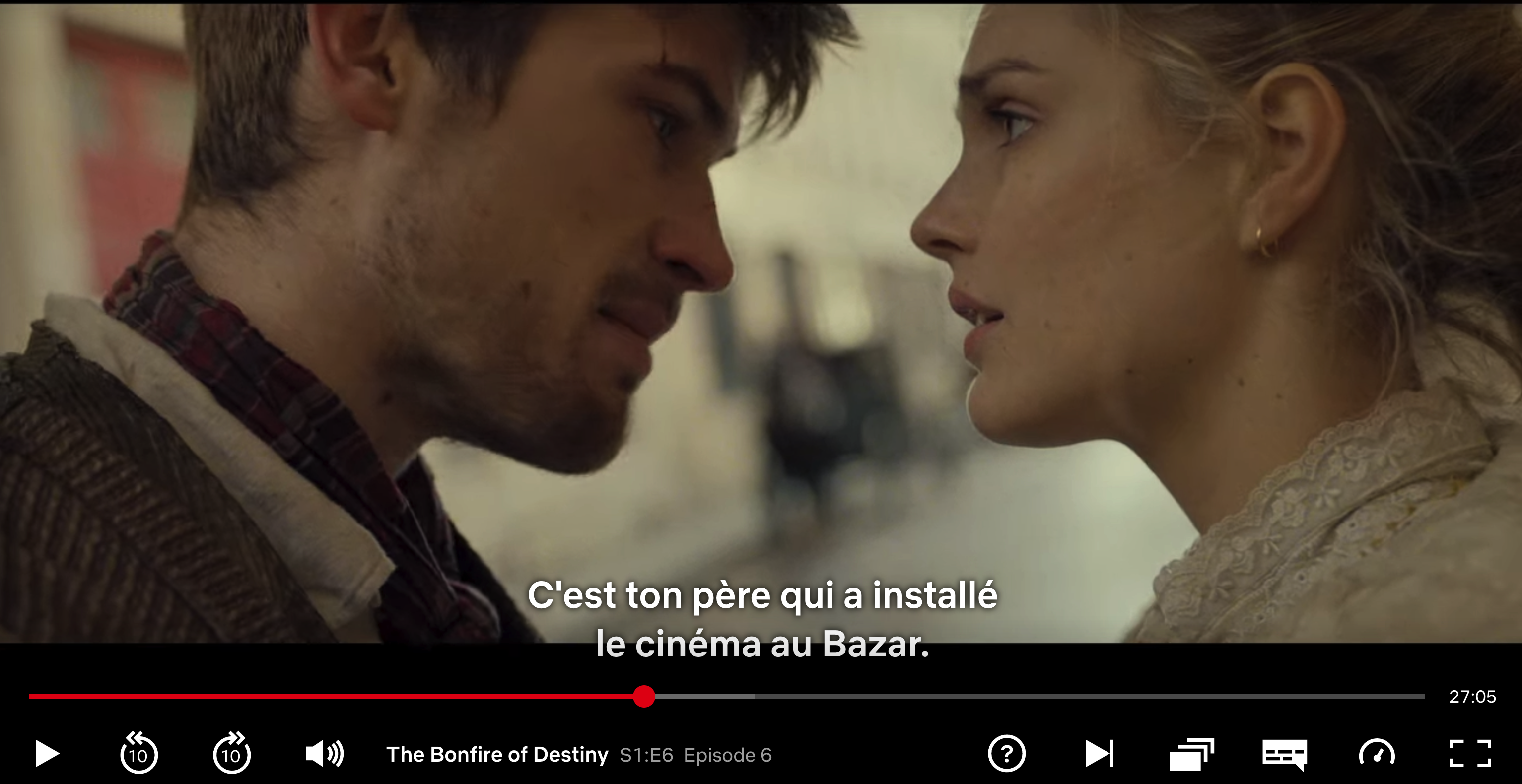

Georges Méliès' "magic" cinematograph (superimposition and trick photography; Robert Houdin theater) as it has appeared in celluloid cinema: Bram Stoker's Dracula (dir. Francis Ford Coppola, 1993) Cinematograph Scene
The self-conscious moment when Coppola's film opens with an iris (timestamp 00:46) on badly hand-tinted color film stock, sound distorted (dogs bark, a clock bell rings, the film projector whirs), shot with a hand held camera somehat out of control, and people moving much too quickly (because the film camera was undercranked). Someone, perhaps the newspaper man whose mouth isn't moving, possibly a voice off-screen, calls out to both us and the people on the street: "See the amazing cinematograph. A wonder of modern civilization.The nation's senstation. The greatest attraction of the century. A new wonder of civilization. See the amazing cinematograph." As Dracula (Gary Oldman) spies Mina Harker (Wynona Ryder) across the street walking in his direction, the film gradually returns to its previously color stock, theme music returning from the opening scene and now horses neighing, shot-reverse-shot editing with increasingly tight shots of Dracula and Mina as they eventually make eye contact, and slowing down to its proper 24 frames a second speed.
Recently restored silent films released on digital discs often come with several soundtracks to choose among, and often one of them is written and performed by contemporary musicians. See the two different soundtracks on Criterion's edition of VICTOR SJÖSTRÖM's The Phantom Carriage as well as Criterion's edition of Passion of Joan of Arc (dir. Carl Theodor Dreyer, 1928).
Koyaanisqatsi (dir. Godfrey Reggio, 1982) a modern silent film without intertitles: there is no dialogue, only a continuously playing Philip Glass synth-symphonic score.



Decasia (dir. Bill Morrison, 2002) (Decasia is also a modern silent film.)

Gif from Decasia as silent film

Tarsem Singh's film The Fall (2006) begins with a silent slow-motion title sequence and ends with a montage of clips of dangerous stunts taken from famous "real" silent films.
Hugo (dir. Martin Scorcese, 2011) is based on a graphic comic in is a central character, now old and no longer making films.
The Méliès Mystery (2021) HBO
Recommended Reading:
Tom Gunning, "The Cinema of Attraction(s): Early Film, Its Spectator and the Avant-Garde"
Sergei Eisenstein and Daniel Gerould, Montage of Attractions: For "Enough Stupidity in Every Wiseman," The Drama Review: TDR Vol. 18, No. 1, Popular Entertainments (Mar., 1974), pp. 77-85
Koyaanisqatsi (dir. Godfrey Reggio, 1982)
This is a modern silent film without intertitles: there is no dialogue, only a continuously playing Philip Glass synth-symphonic score that frequently loops sequences that sometimes serve as Leitmotifs.
Sound loops versus Leitmotifs as motivation for the image.
Rather than go directly to silent film, I first want to show you a few scenes from William Wyler's The Letter (1940)--repeatedly-- so you can pay particular attention to the music and hear how it is timed to the images. We will also watch the alternate ending of The Letter several times and the trailer at least once. I'm doing this so may appreciate not only the way music is used but also appreciate how carefully the director and cinematographer subtly thought out the entire design of the film and make decisions about what to put or not put a given shot where even though audiences couldn't have noticed when it was originally released and may not notice now on DVD even though the DVD provides us with an alternate ending and the film trailer, allowing us to compare them with the film as it was originally released. The DVD menu does not show them. You have to press "special features." Rather unusally, the DVD returns the viewer to the special features menu after it finishes playing instead of to the main menu. And even that return will happen only if you play the DVD all the way to the end, something many viewers may not want to do. Audiences usually leave movie theaters when the end titles start to roll. How much you see depends on how much you want to see.
Sergei Eisenstein's October is a pretty wild film. It bombed. Still, it is worth considering as a truly revolutionary cinematic way of reconstructing the past, completely different from the very conventional and boring attempt to do the same in From the Tzar to Lenin (1937). I am having you watch it to create a kind of montage by juxtaposing it with von Sternberg's very self-conscious frame narrative of the Russian Revolution in Joseph von Sternberg's The Last Command.
October on archive.org. / without sound effects
Dmitri Shostakovich - Symphony 2 "To October"
REQUIRED FIRST VIEWING (We won't see this film twice.)
October: Ten Days that Shook the World(dir. Sergei Eisenstein, 1927)
Recommended Viewing, Reading, and Listening:
The History of Cutting - The Soviet Theory of Montage
“One of the tasks of the film critic of tomorrow—perhaps he will even be called a ‘television critic’—will be to rid the world of the comic figure the average film critic and film theorist of today represents: he lives from the glory of his memories like the 70-year-old ex-court actresses, rummages about as they do in yellowing photographs, speaks of names that are long gone. He discussses films no one has been able to see for ten years or more (and about which they can therefore say everything and nothing) with people of his own ilk; he argues about montage like medieval scholars discussed the existence of God, believing all these things could still exist today. In the evening, he sits with rapt attention in the cinema, a critical art lover, as through we still lived in the days of Griffith, Stroheim, Murnau and Eisenstein. He thinks he is seeing bad films instead of understanding that what he sees is no longer film at all.”
~ Rudolf Arnheim, 1935
Oktyabr, review in Variety 1927
Dmitri Shostakovich, October, Symphonic Poem Op. 131 (1967)
Dai Vaughan, "The Death of Cinema," in For Documentary: Twelve Essays (Berkeley: University of California Press, 1999)
The Big Parade (dir. King Vidor, 1925)
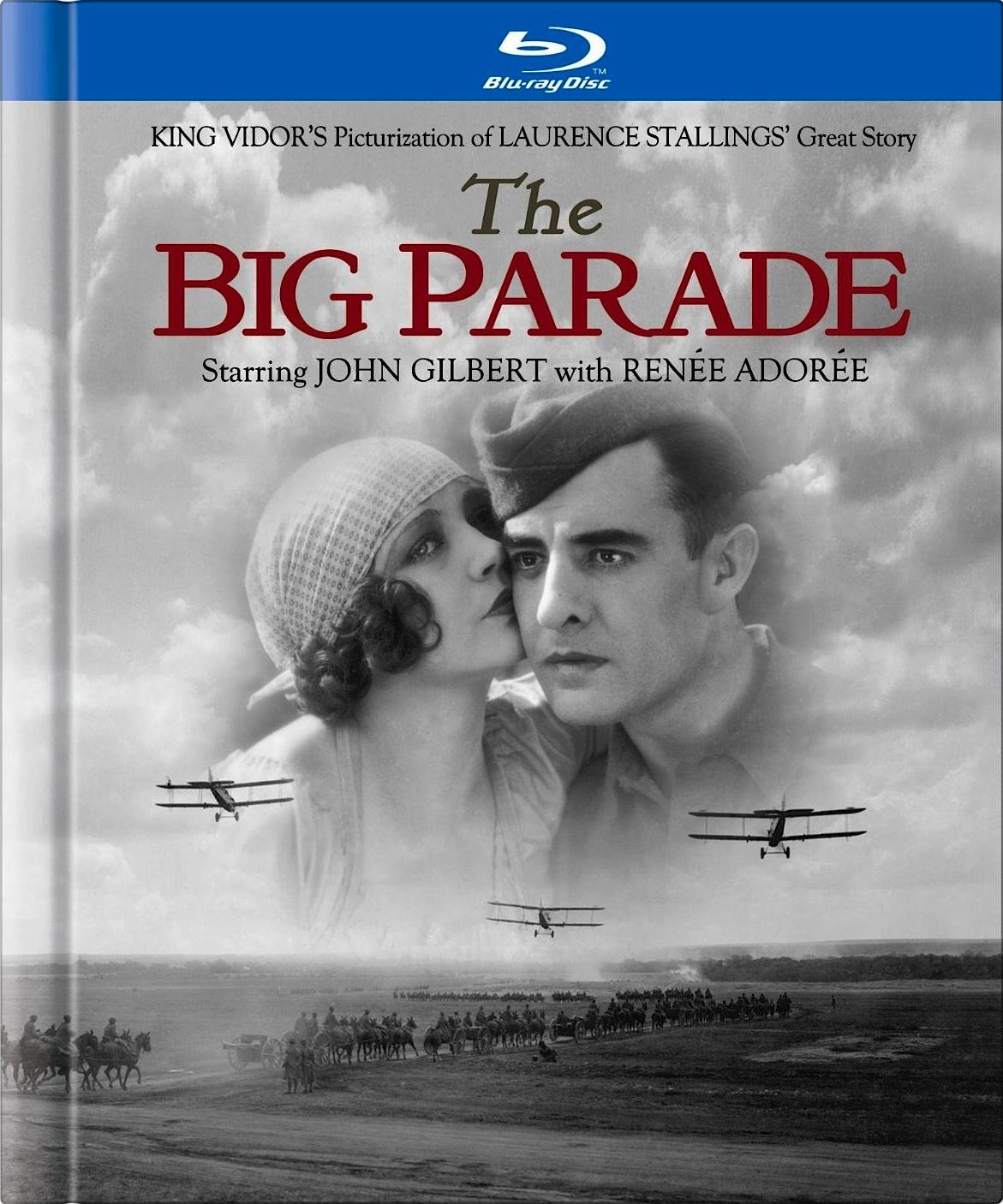
Keystone Cops Fatty Arbuckle
A Film Johnnie (1914) - CHARLIE CHAPLIN FATTY ARBUCKLE MABEL NORMAND FORD STERLING
Fatty's New Role (1915) - FATTY ARBUCKLE, MACK SWAIN, SLIM SUMMERVILLE - Sennett
Recommended:
Craig Saper, “Scandalography: From Fatty's Demise to Lacan's Rise.” Lusitania 4 (1993): 87-100. Portuguese/English.
Kenneth Anger, Hollywood Babylon
Dai Vaughan, "Let there be Lumiere," in For Documentary: Twelve Essays (Berkeley: University of California Press, 1999)
Lumieres shorts; Thomas Edison shorts
The Phantom Fiend (1932) sound remake of The Lodger, also starring Ivor Novello
Downhill (1927)
Alfred Hitchcock, The Lodger: A Story of the London Fog 1927 (BFI blu-ray, new orchestral soundtrack composed by Nitin Sawhney) 2012, Region B versus MGM DVD soundtrack (menu options for two orchestral soundtracks), National Film and Television Archive source print)
2008, Region 1 versus DVD soundtrack [no sound at all], BFI source print, 2008), Region 2
Mr. Robot Season 2, Episode 6 m4ster-s1ave.aes
Turner, Hannibal Crossing the Alps
Reading:
F. W. Murnau, "The Ideal Film Needs No Titles"
| Reading: | Viewing: |
Michel Chion, "The Screaming Point," in Audiovision.
|
The Lodger (dir. Alfred Hitchcock, 1927)
|
The Last Laugh (dir. F.W. Murnau, 1924)
NOTHING BELOW IS RELVANT TO THIS COURSE. THEY ARE RESOURCES FOR YOUR POSSIBLE INTEREST. YOU MAY IGNORE THEM.

Gif from Decasia as silent film

The Cinema of Attraction[s]: Early Film, Its Spectator and the Avant-Garde.

Conventions and Creativity
Montage
Mindhunter Season 1 (dir. David Fincher, 2017)
Shot Reverse Shot
Long take framed by standard shot reverse shot intro and exits:
Amazon Prime Patriot 1, Season 8 Episode
Synthesis and Sound Design
Mindhunter (2017; 2019)
Neil Young Reveals the Secrets to Hit Records
Flora Cash ? For Someone - [Official Music Video]
Reading Won't Make You a Better Person
A classic, you have to repeat to understand
time stamp around 23:00
Flora Cash For Someone - [Official Music Video]
Hiroshi Yoshimura – Music For Nine Post Cards (Wave Notation 1) † [1982, full album]
La Pléiade : du courant littéraire à la prestigieuse bibliothèque
Robert Darnton, The Case for Books: Past, Present, and Future (2009)
Robert Darnton, "In Defense of the New York Public Library," June 7, 2102
Terry Eagleton, The Rape of Clarissa (1982), viii ("progressive?" [yes]; "feminist"; "genuinely subversive elements")
Keith Richards: "There's Two Sides to Every Story" (Part 1)
Keith Richards: "There's Two Sides to Every Story" (Part 2
Turner, Hannibal Crossing the Alps
Loop Narrative / Thematic Structure (Visualizing, Spatializing works of art that can only be experienced in linear time.)
Ludovico Einaudi, "Elegy for the Artic" (ends one note short of beginning over)
What is a work of art? / Art in the Age of 2nd-Order Observation ft. Walter Benjamin
Repetition, AND the LIMITS of RESEMBLANCE: Looking looking head on or obliquely as different ways of understanding.
Oblique Perspective in Hans Holbein's The Ambassadors (anamorphosis); Jacques Derrida on oblique reading in Passion: An Oblique Offering.
Ratatouille - Synesthesia - HD - FX Animation by Michel Gagné
Every film we'll watch has intertitles or subtitles (in English). Almost all of them are in black and white or have been tinted by hand with one color per shot.
We will watch every film twice each week. Discussion questions are due every Monday and every Wednesday by 5:00 p.m.

I don't do trigger warnings. I considered myself an adult when I went to college at age 18. Professors and graduate student T.A.s felt the same way about their students. I would have been insulted by any professor or T.A. told me I might feel a certain way about a film or a book before I'd had a chance to see it or read it myself. I was sometimes upset by a film I saw or a book I read. I still am. I felt and still feel that being disturbed by literature or film was part of learning and learning how to live. And I didn't think--and still don't--that talking about it necessarily makes it any less emotionally disturbing. If you tend to be "triggered" or offended by nudity or controversial subjects, I advise you against taking this class or any course on literature or film. imo. No judgment. This course is an elective. You are not required to take it. It is your responsibility to look through the schedule to determine if there are any materials you may find objectionable. If you do, just drop the class now. Thank you.
What is critical thinking? What is a good question to ask about a film?
Meaning is about intention, not impact. No word means the same thing every time it is used for eternity. No word comes with one meaning attached and always means the same thing. Words may have many meanings, and meaning is always determined by syntax (word order).
Consider "strong" as an example. Or maybe not.
What makes a good film good? Or a bad film bad? (A film can be good but you don't have to like it. A bad film can be worth watching. You may like it.)
Observation and Repetition
Repetition is key to learning.To understand how to watch films critically, you need to watch them at least twice, close together in time. So, you will be watching the same film twice, the first time for class discussion on Tuesdays and the second time for class discussion on Thursdays. Like any work of art, the films we'll watch cannot be exhausted. You can watch them over and over again, sometimes years or even decades apart and enjoy the experience each time you do.
To learn how to understand a piece of music, a philosopher said, you have to hear it twice.
A conductor of baroque music said you have to listen to repeated hearings before you understand it.
"How full of meaning and significance the language of music is we see from the repetition of signs, as well as from the Da capo which would be intolerable in the case of works composed in the language of words. In music, however, they are very appropriate and beneficial; for to comprehend it fully, we must hear it twice."
--Arthur Schopenhauer, "On the Metaphysics of Music"
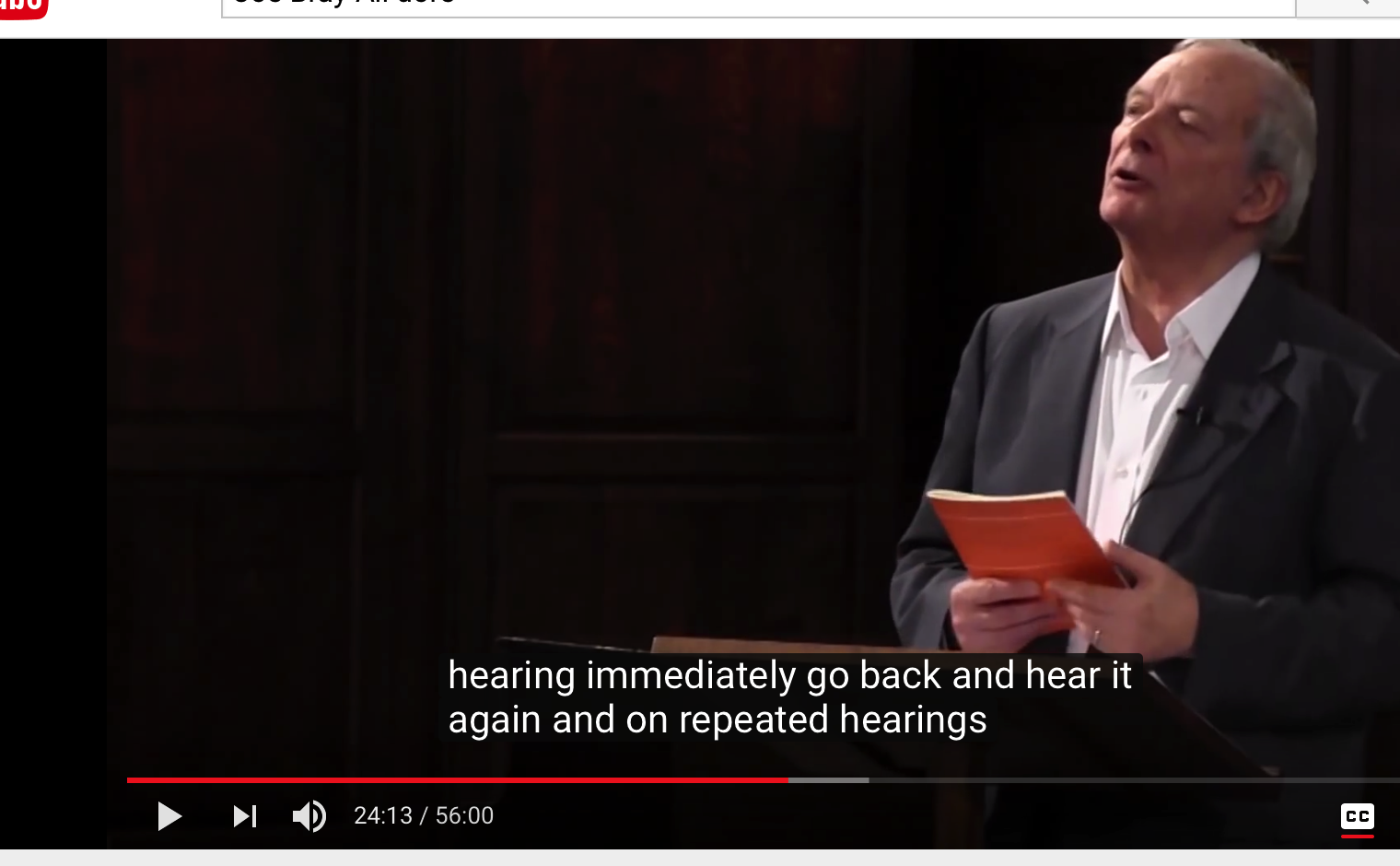
Vienna and Schubert: 'Death and the Maiden' String Quartet - Professor Chris Hogwood CBE
"The greatest pieces of music are called classics simply because at a first hearing--that is terribly, that is very complicated to work out what's going on or even more complicated to explain to yourself why it's going on--even to hear it has to be heard several times. Probably after first hearing, immediately go back and hear it again, and on repeated hearings, repeated things come to light."
--Christopher Hogwood
Making Waves: The Art Of Cinematic Sound - Official Trailer
We will watch every film twice in a row each week. Why? For one thing, silent films are quite different from sound films and are sometimes hard to follow because the actors appear as if mute (you can sometimes lip-read the actors). Secondly, you will learn how to watch a film critically by watching it a second time. The first viewing tends to be immersive. You forget you are watching a film. The second viewing gives you a critical distance you didn't have the first time. Now you can gain insight into the filmmaker's creative processes. You can focus better on how the film was made the way it was and on why the director and editor made the aesthetic decisions they made about each shot and each edit. Moreover, some of the directors were avant-garde fillmmakers. Sergei Einsenstein invented the Soviet montage. The editing of his films is the opposite of the continuity editing of classic Hollywood films. And the music may be different as well. Dmitri Shostakovich composed the soundtrack for Sergei Eisenstein's 1927 film October.
Silent films were never really silent. Live music, usually played by a solo pianist or organist but sometimes by an entire orchestra, always accompained the film in theatrical release; sometimes a "film explainer" told the audience what was happening in the film, providing a kind of live audio-commentary for the audience; and when silent films are digitally restored, they often come with more than one sountrack, either or both composed and performerd by different musicians and performers. This is the case with the Masters of Cinema and Criterion editions of the first silent film we will watch this semester, namely, Joseph von Sternberg's Last Command. It includes one full orchestral score by Robert Israel and an alternative music score by The Alloy Orchestra. Of course, you can always watch a film without sound. Or you could listen to your own soundtrack.
For example, two trailers for the film The Artist, set in 1927, directed by Michel Hazanavicius and released in 2011; the music for the first film trailer is used in entirely conventional ways (cutting to the beat); but we also see an orchestra playing in front of the stage in a movie theater. See timestamp 00:16. In the second trailer, we see more of the orchestra and the music is continuous, composed of just one piece. The music is taken from the famous song "Sing, Sing, Sing," written by Louis Prima and released in 1937. Silent film sort of ended in 1929. This song is not included in the film soundtrack. The recording is performed by Benny Goodman, with Gene Krupa on drums. It just so happens to be the opening track of Alejandro Jodorowsky's The Dance of Reality (2013). The tune is now part of juke box filmmaking.

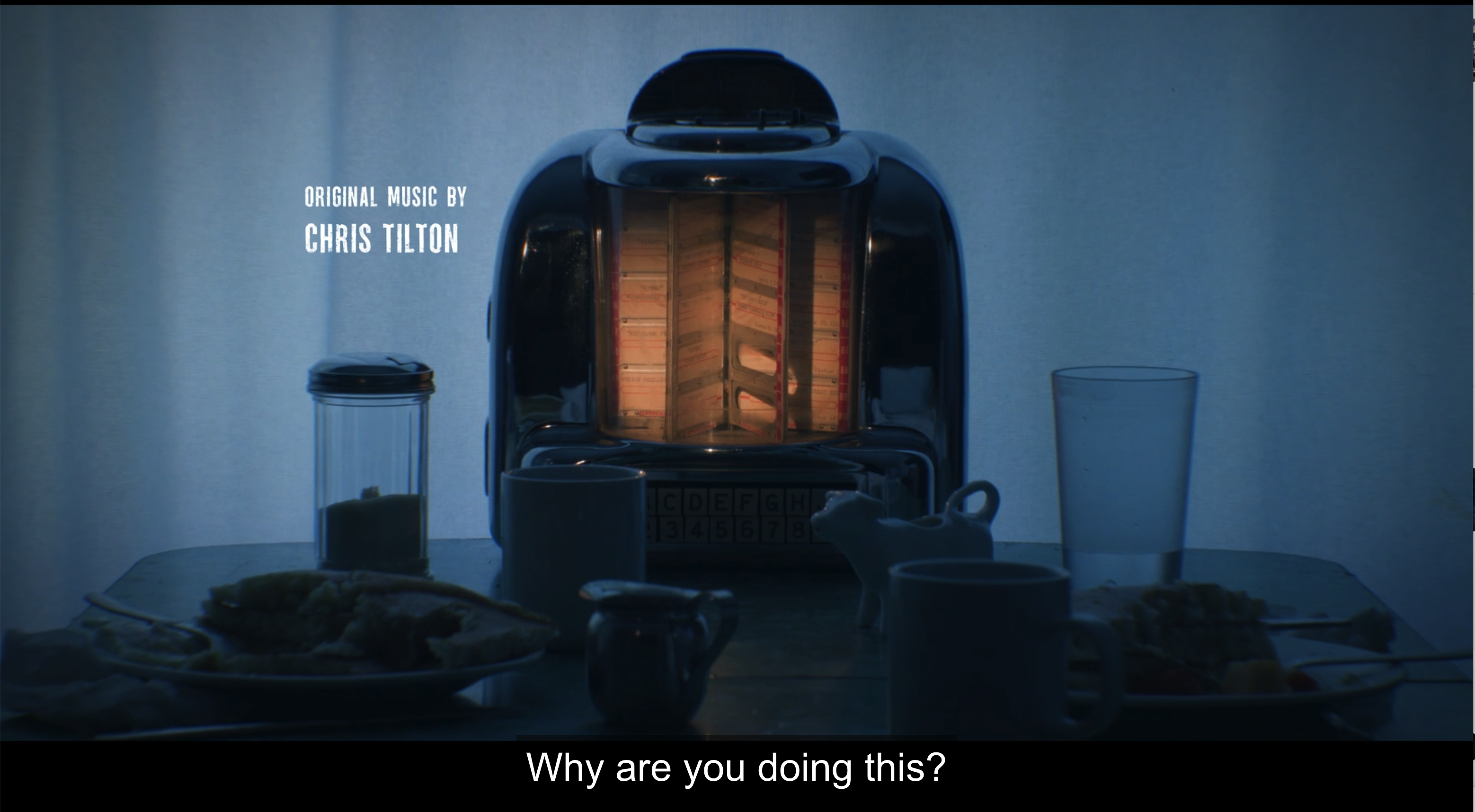
Jukeboxes in the opening title sequence FX TV show, From (2022). The Animals' "We Got get out of this place" plays automatically. "Que Será, Será" cover with male voice and gender altered lyrics plays in the title sequence.
Silent film intertitles are gradually integrated into film as newspaper heradlines, letters, and other forms of writing the film pauses to give the viewer time to read it.
See the intertitles in Piccadilly E.A. Dupont (1929) On the Criterion Channel.
We will watch assigned film twice each week unless otherwise note.
To repeat: I don't do trigger warnings. I considered myself an adult when I went to college at age 18. Professors and graduate student T.A.s felt the same way. I would have been insulted by any professor or told me I might feel a certain way about a film or a book before I'd had a chance to see it or read it myself. I was sometimes upset by a film I saw or a book I read. I still am. I felt and still feel that being disturbed by literature or film was and is part of learning, part of living. And I didn't think--and still don't--that talking about it necessarily made work of literature of film any less emotionally disturbing. If you tend to be "triggered" or offended you probably should not take any course on literature or film. imo. No judgment.This course is an elective. You are not required to take it. It is your responsibility to look through the schedule to see if you find any objectionable materials. If you do, just drop the class now.
James Joyce, Finnegans Wake
The Searchers (dir. John Ford, 1956) doorway shots opening and closing
All the President's Men, from typewriter to teletype
Invaders from Mars (film begins over)
Zodiac (dir. David Fincher) sound montage
Mr. Robot Season 2, Episode 6 m4ster-s1ave.aes (sit-com episode)
Classical music in contemporary films. See Liam Niesen dropped off at the train station in The Commuter (dir.
Jaume Collet-Serra, 2018)
Second movement of Beethoven's Ninth in the opening title sequence to Ready or Not (dir.
Matt Bettinelli-OlpinTyler Gillett, 2019) and Tchaikovsky's Overture of 1812 in the butler driving the car sequence.
Kevin Baker, "The Deep State of Dementia" From the September 2019 issue pdf
vs.
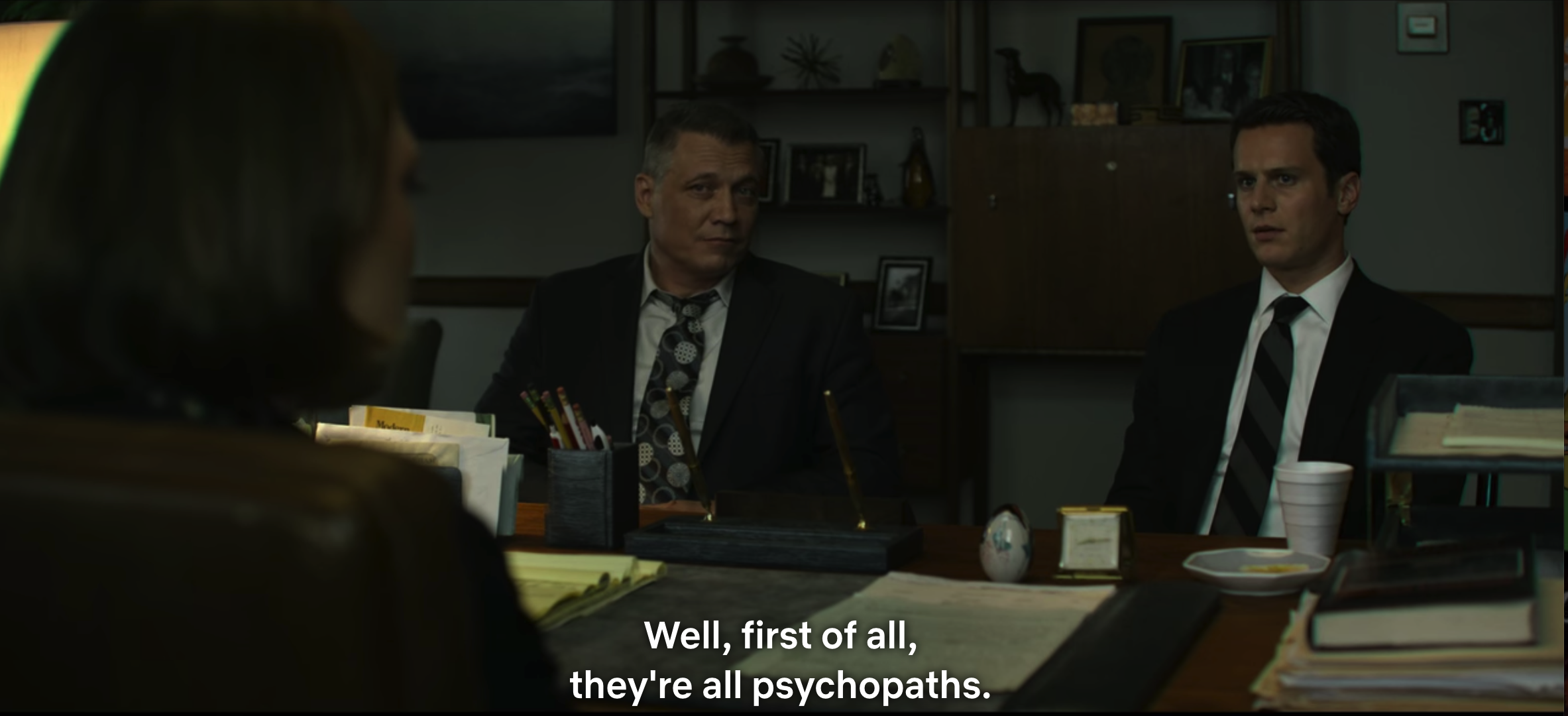
"Well, first of all, they're all psychopaths."
Mindhunter Season 1, Episode 3 (2017) Timestamp 4:42
The Art of Analogy:
The last three shots of North by Northwest (dir. Alfred Hitchcock, 1959) Timestamp 1:58
Sex scene on a subway late at night in Risky Business (dir. Paul Brickman, 1983)
Version and Variation:
Alas poor Yorick variations in versions of a film with the same title, namely, Hamlet.
Aesthetic Judgment:
"Insofar as the technique and the product lead us to dismiss the losers in the rankings, we are obviously using them to blind ourselves to the future possibilities of those losers and to the fact that hierarchies seldom remain un changed. In the other direction, however, I find it hard to imagine that many of the things that we care about-loving someone as opposed to some other one, preferring this critic to that, even choosing to read this book rather than that-would be possible without comparison. For it is hard to imagine judgments without comparison, as John Barrell suggested when he maintained that Western society since the eighteenth century had made evaluation-the perception of the value of this as opposed to that-the most common of common activities."
--Frances Ferguson
Repetition, AND the LIMITS of RESEMBLANCE: Imitation; Counterfeit; Homage; Caricature Parody; Satire
Conventions and Creativity
Here are two different versions of the same scene from two versions of the same film, namely, The Maltese Falcon. Which one is better? There is only one answer.
Two examples of the same convetion from two seasons of the same show. Which one is better? There is only one answer.
Montage
Mindhunter Season 1 Episode (dir. David Fincher, 2017)
vs.
Mindhunter Season 2 Episode 8 (dir. Carl Franklin, 2019) Time stamp 37:35
Shot Reverse Shot
Long take framed by standard shot reverse shot intro and exits:
Amazon Prime Patriot 1, Season 8 Episode
Synthesis and Sound Design
Mindhunter (2017; 2019)
Abridge the description below: Cut it down from 468 words to less than forty words:
Herman Melville, Chapter 42 "The Whiteness of the Whale," in Moby Dick.
Though in many natural objects, whiteness refiningly enhances beauty, as if imparting some special virtue of its own, as in marbles, japonicas, and pearls; and though various nations have in some way recognised a certain royal preeminence in this hue; even the barbaric, grand old kings of Pegu placing the title “Lord of the White Elephants” above all their other magniloquent ascriptions of dominion; and the modern kings of Siam unfurling the same snow-white quadruped in the royal standard; and the Hanoverian flag bearing the one figure of a snow-white charger; and the great Austrian Empire, Caesarian, heir to overlording Rome, having for the imperial color the same imperial hue; and though this pre-eminence in it applies to the human race itself, giving the white man ideal mastership over every dusky tribe; and though, besides, all this, whiteness has been even made significant of gladness, for among the Romans a white stone marked a joyful day; and though in other mortal sympathies and symbolizings, this same hue is made the emblem of many touching, noble things- the innocence of brides, the benignity of age; though among the Red Men of America the giving of the white belt of wampum was the deepest pledge of honor; though in many climes, whiteness typifies the majesty of Justice in the ermine of the Judge, and contributes to the daily state of kings and queens drawn by milk-white steeds; though even in the higher mysteries of the most august religions it has been made the symbol of the divine spotlessness and power; by the Persian fire worshippers, the white forked flame being held the holiest on the altar; and in the Greek mythologies, Great Jove himself being made incarnate in a snow-white bull; and though to the noble Iroquois, the midwinter sacrifice of the sacred White Dog was by far the holiest festival of their theology, that spotless, faithful creature being held the purest envoy they could send to the Great Spirit with the annual tidings of their own fidelity; and though directly from the Latin word for white, all Christian priests derive the name of one part of their sacred vesture, the alb or tunic, worn beneath the cassock; and though among the holy pomps of the Romish faith, white is specially employed in the celebration of the Passion of our Lord; though in the Vision of St. John, white robes are given to the redeemed, and the four-and-twenty elders stand clothed in white before the great-white throne, and the Holy One that sitteth there white like wool; yet for all these accumulated associations, with whatever is sweet, and honorable, and sublime, there yet lurks an elusive something in the innermost idea of this hue, which strikes more of panic to the soul than that redness which affrights in blood.
Chomsky on the Watergate scandal and COINTELPRO
"Bring me the Steak Au Poivre" --Orson Welles
Invasion Of The Body Snatchers (1956) - Trailer
"I'm Not Crazy!" Mental Illness on Film (2017)
"The Sceptics, the only honourable type of respect among the ever-so multiply ambiguous tribe of the philosophers!"
--Nietzsche, Ecce Homo: How One Becomes What One Is
The one thing which we seek with insatiable desire is to forget ourselves, to be surprised out of our propriety, to lose our sempiternal memory and to do something without knowing how or why; in short to draw a new circle. Nothing great was ever achieved without enthusiasm. The way of life is wonderful; it is by abandonment. The great moments of history are the facilities of performance through the strength of ideas, as the works of genius and religion. "A man," said Oliver Cromwell, "never rises so high as when he knows not whither he is going." Dreams and drunkenness, the use of opium and alcohol are the semblance and counterfeit of this oracular genius, and hence their dangerous attraction for men. For the like reason they ask the aid of wild passions, as in gaming and war, to ape in some manner these flames and generosities of the heart.
--Ralph Waldo Emerson, Essays, First Series
News on the March (formerly known as "Outburts") Could compare the Russian DVD set to the Criterion Collection edition (2019) blu-ray
Volume 82, 2019/2
Judgment at risk